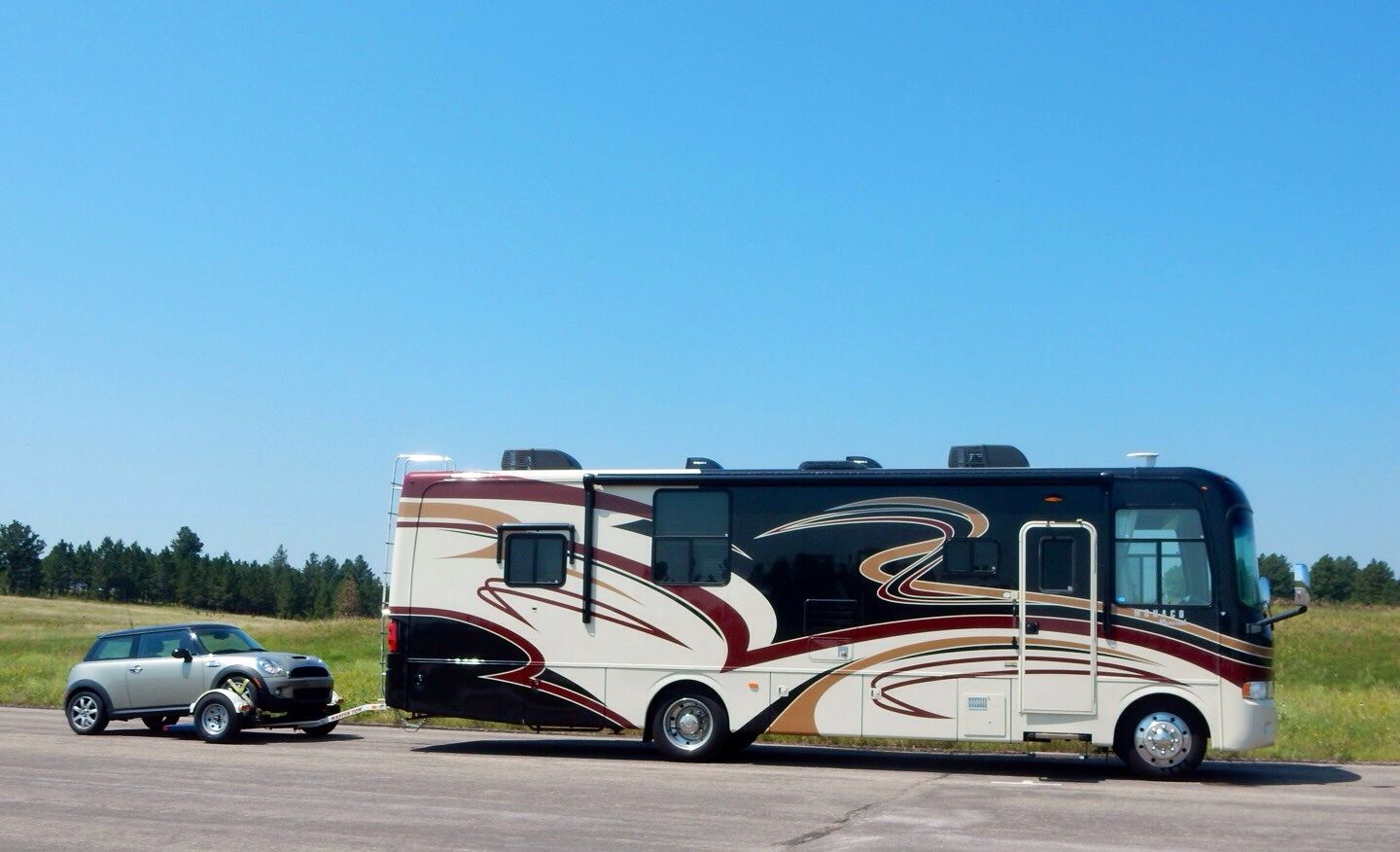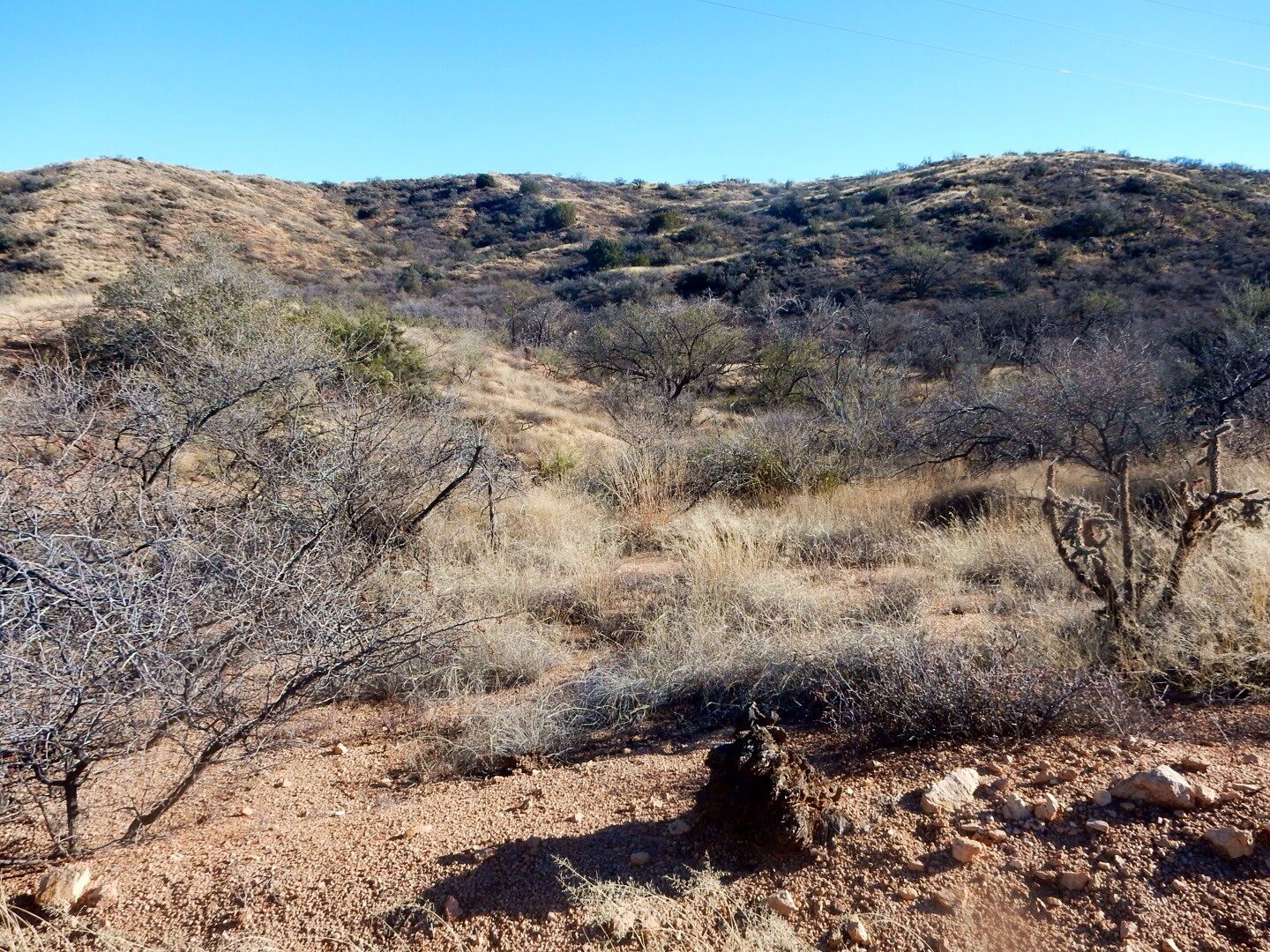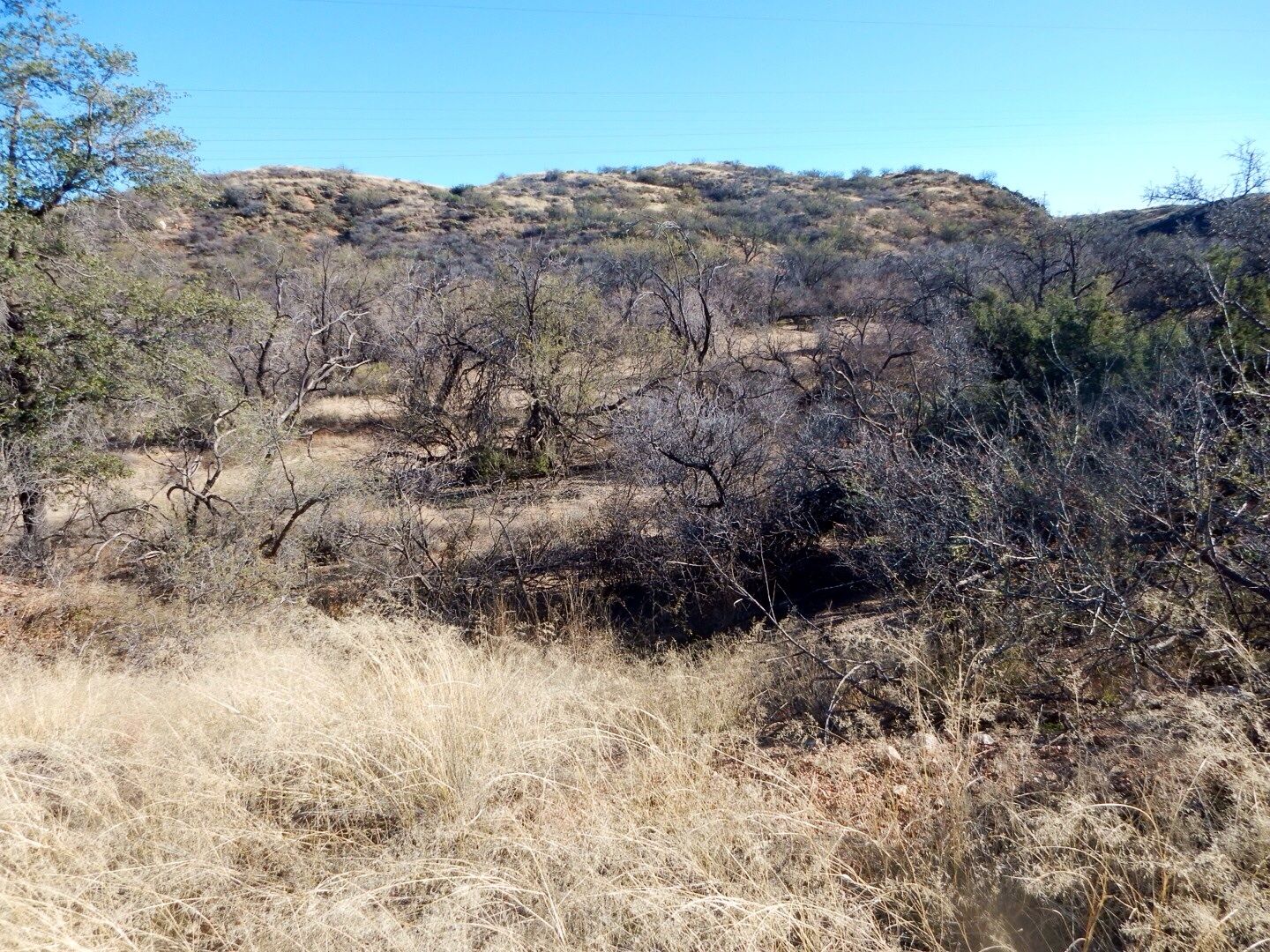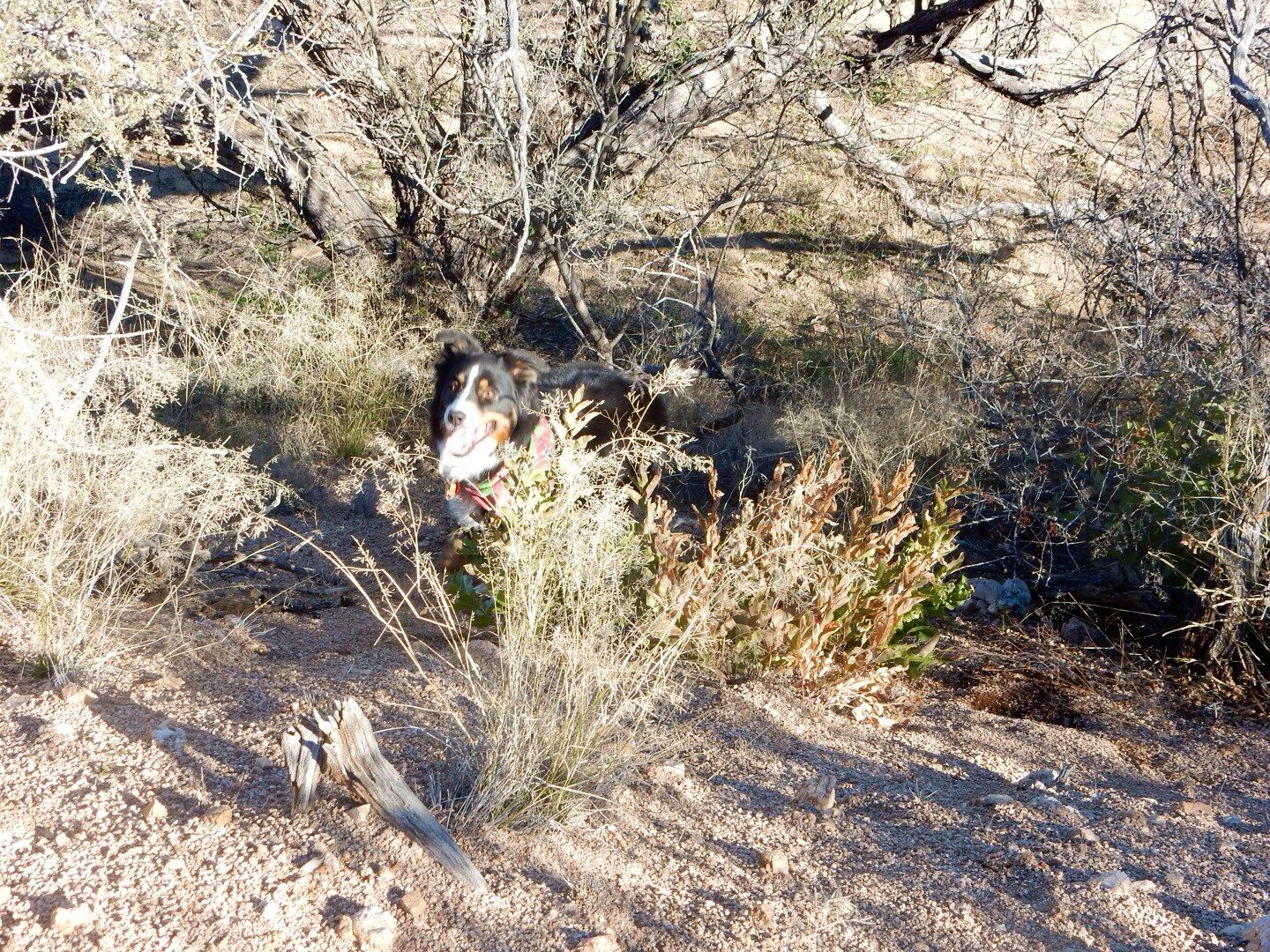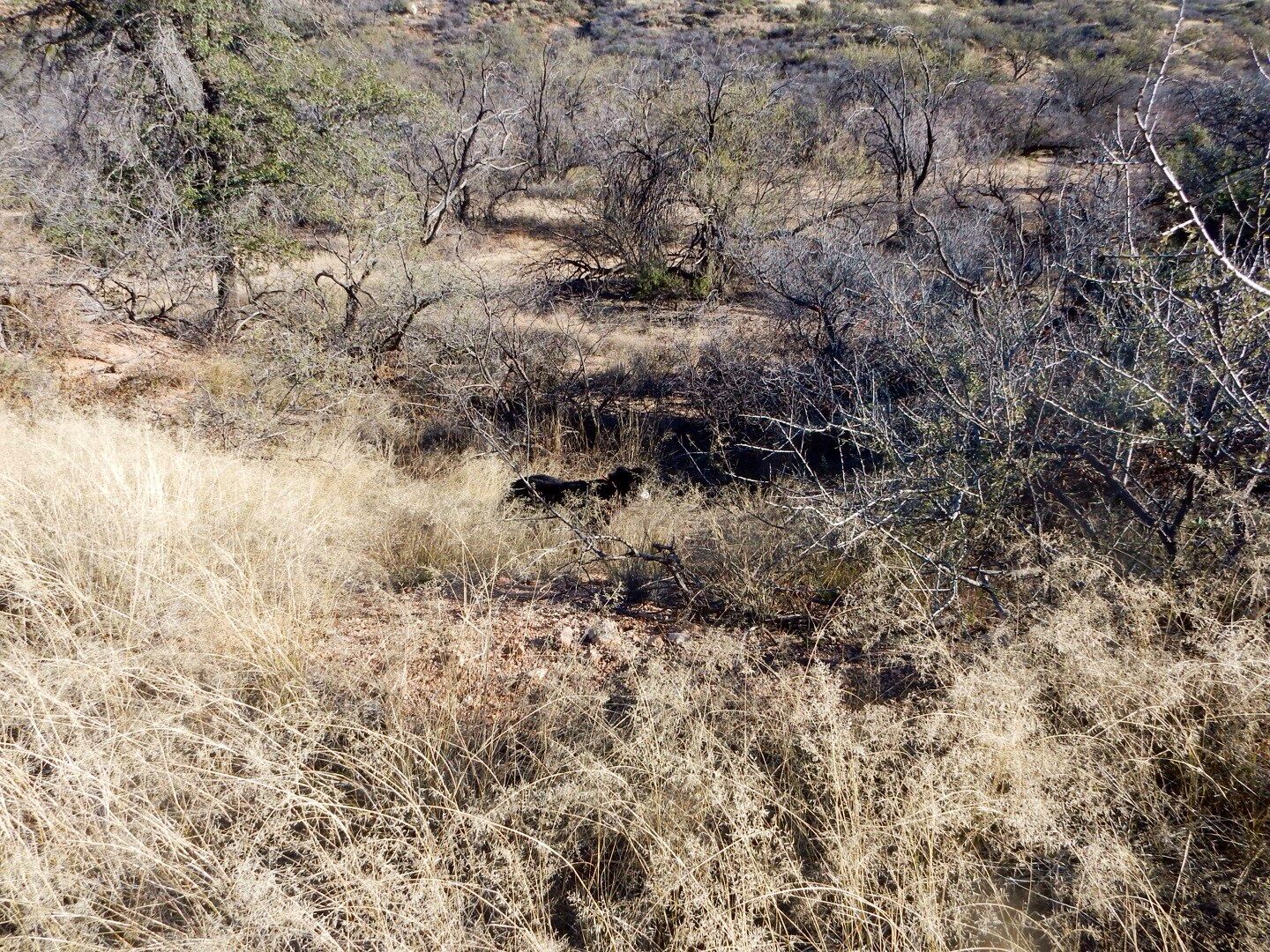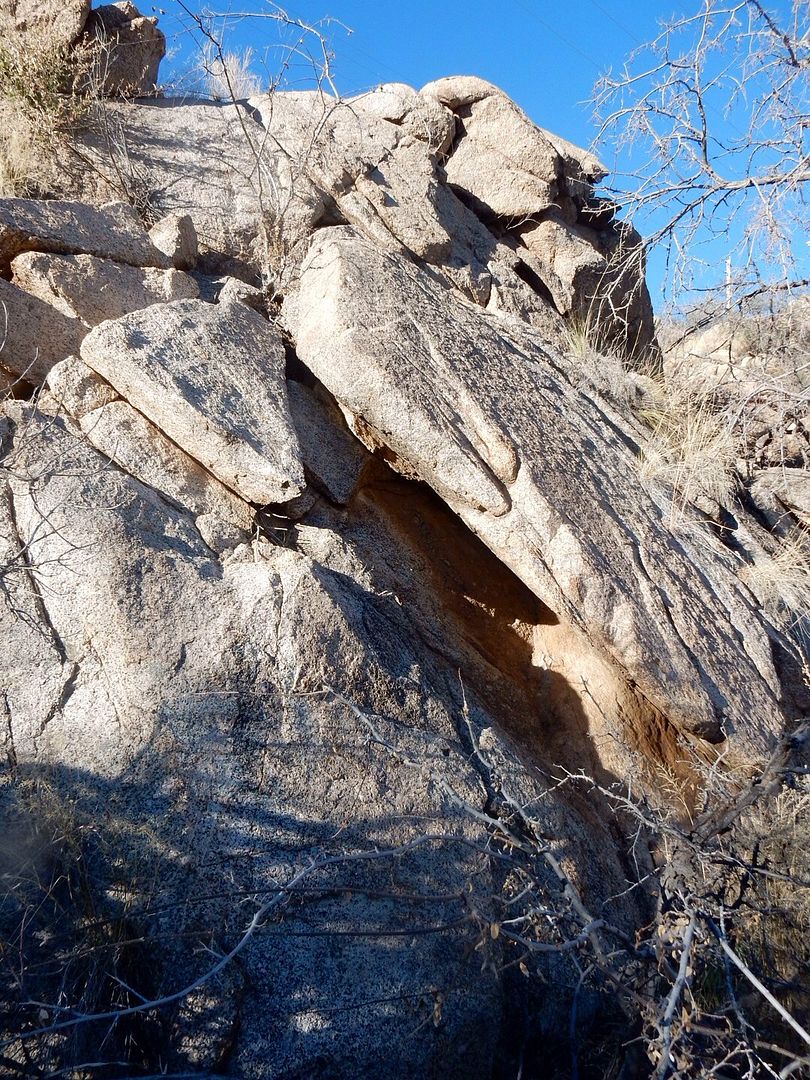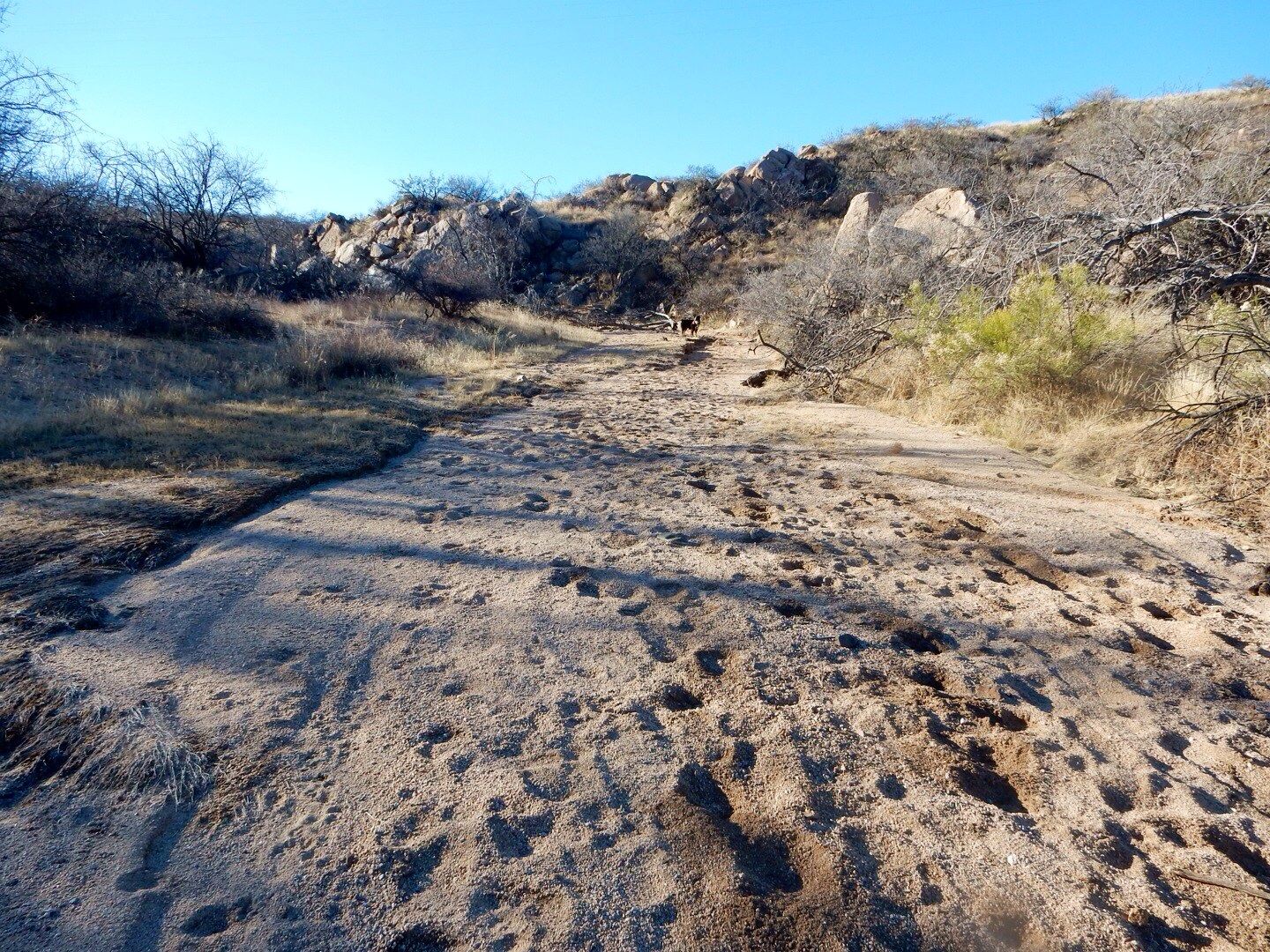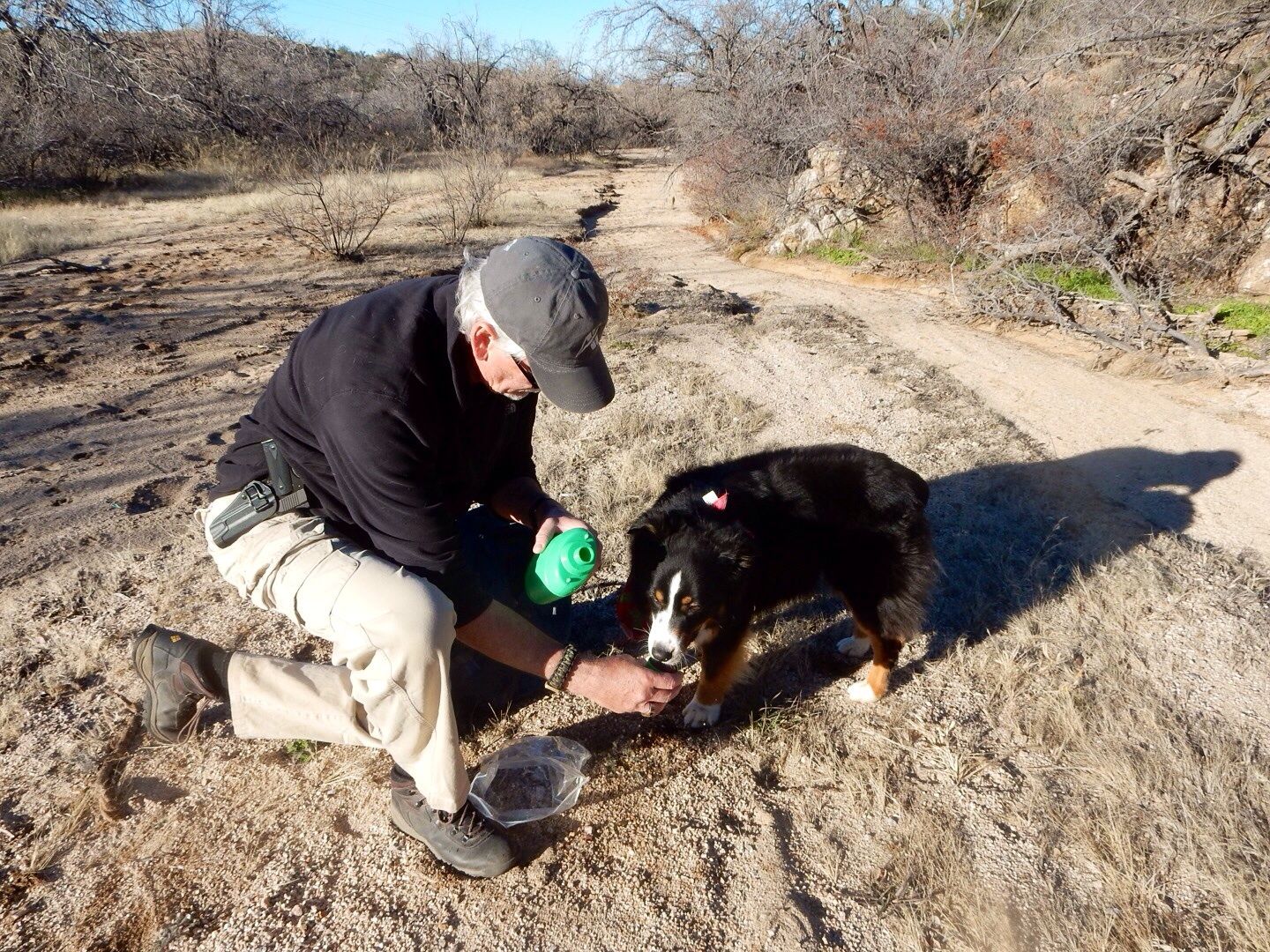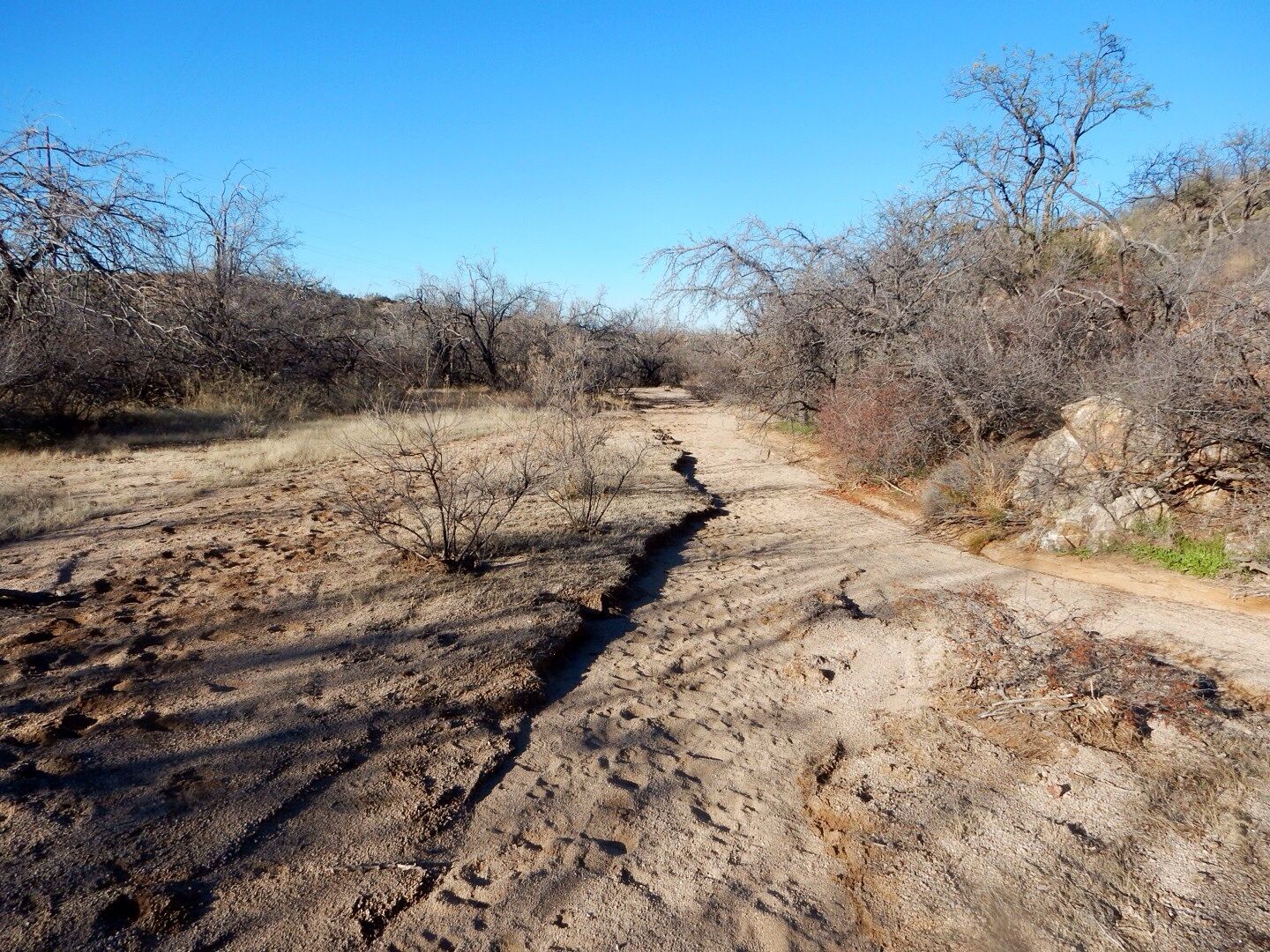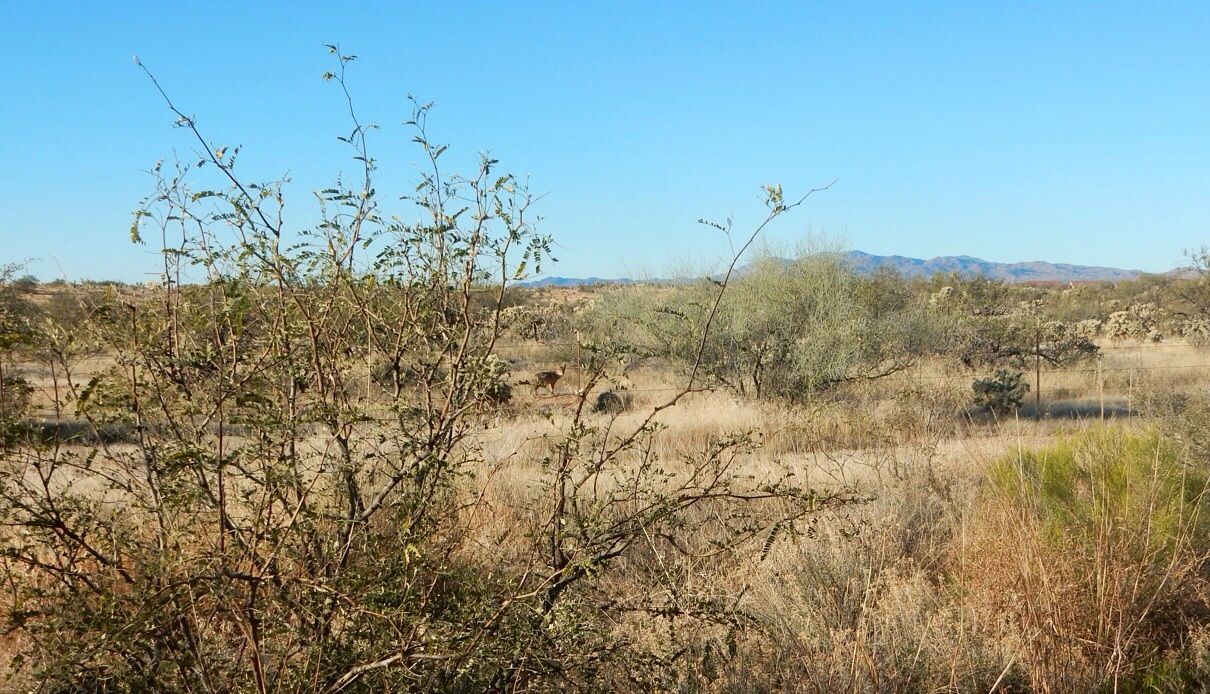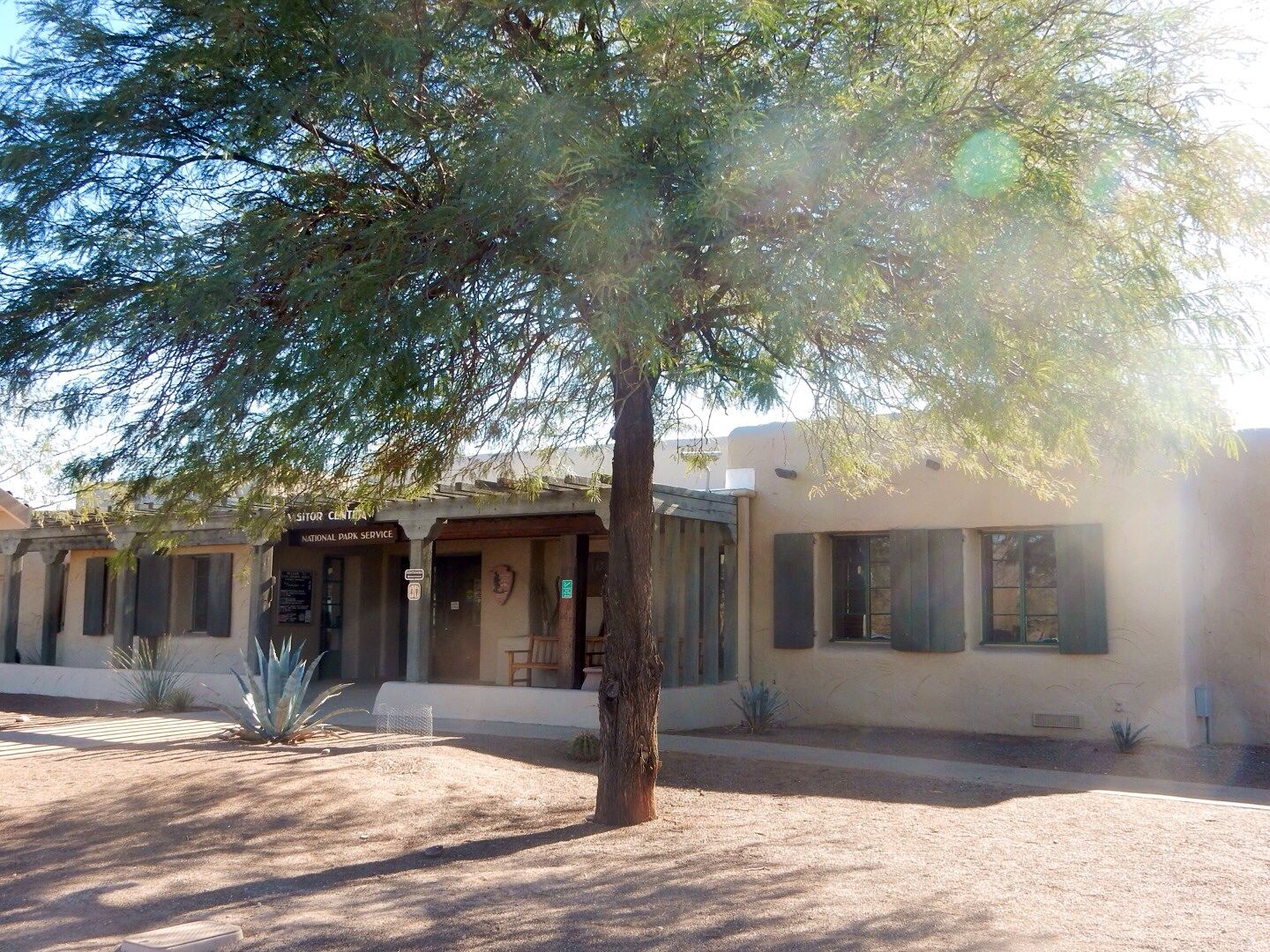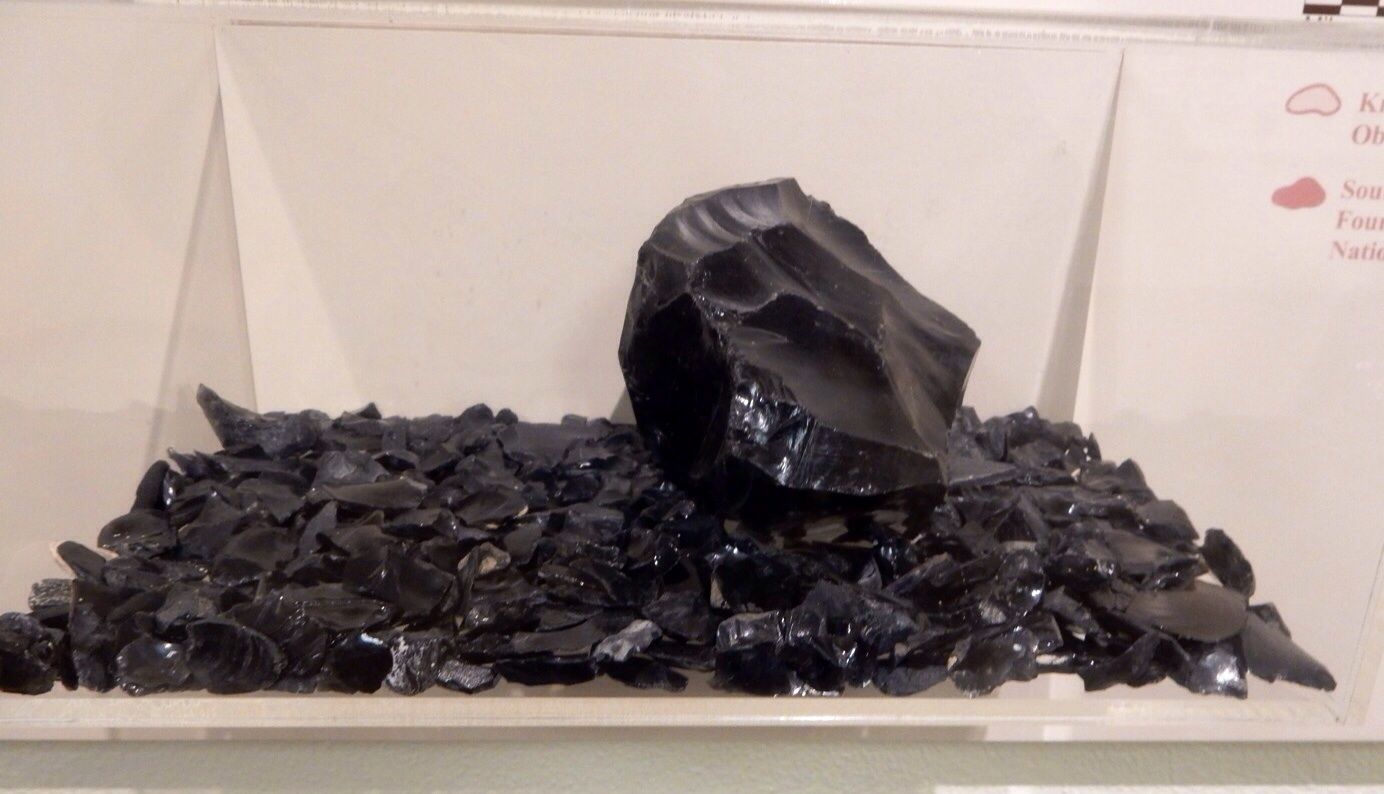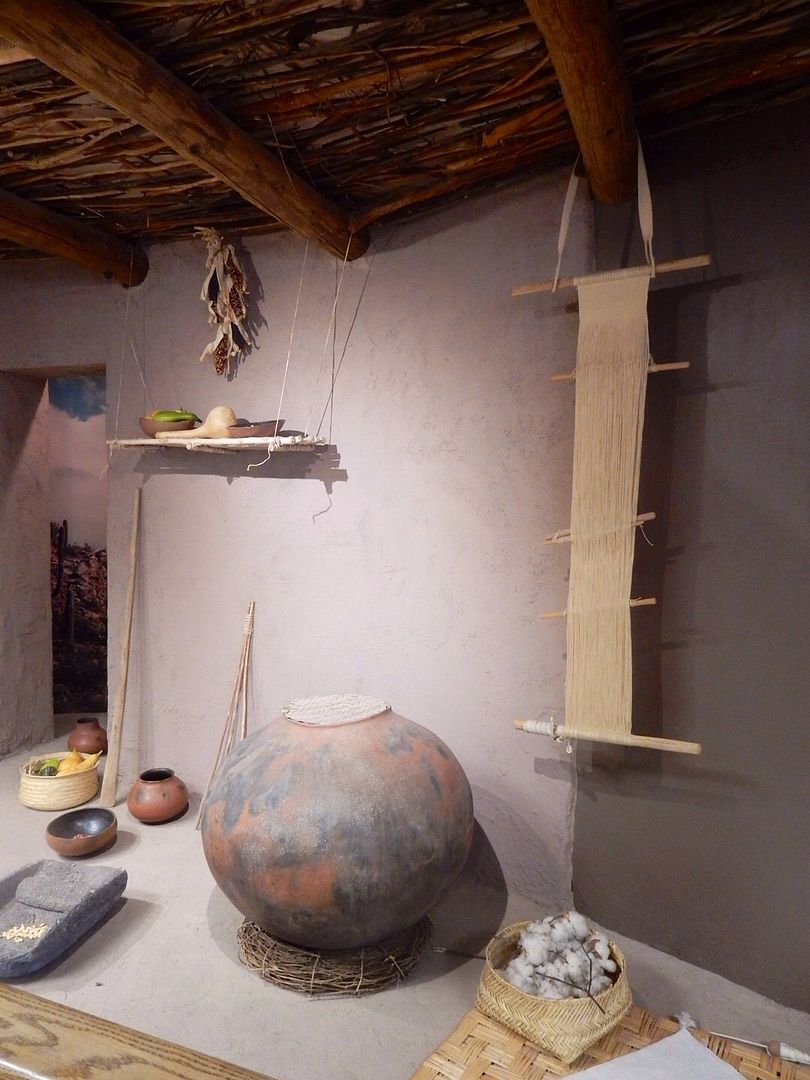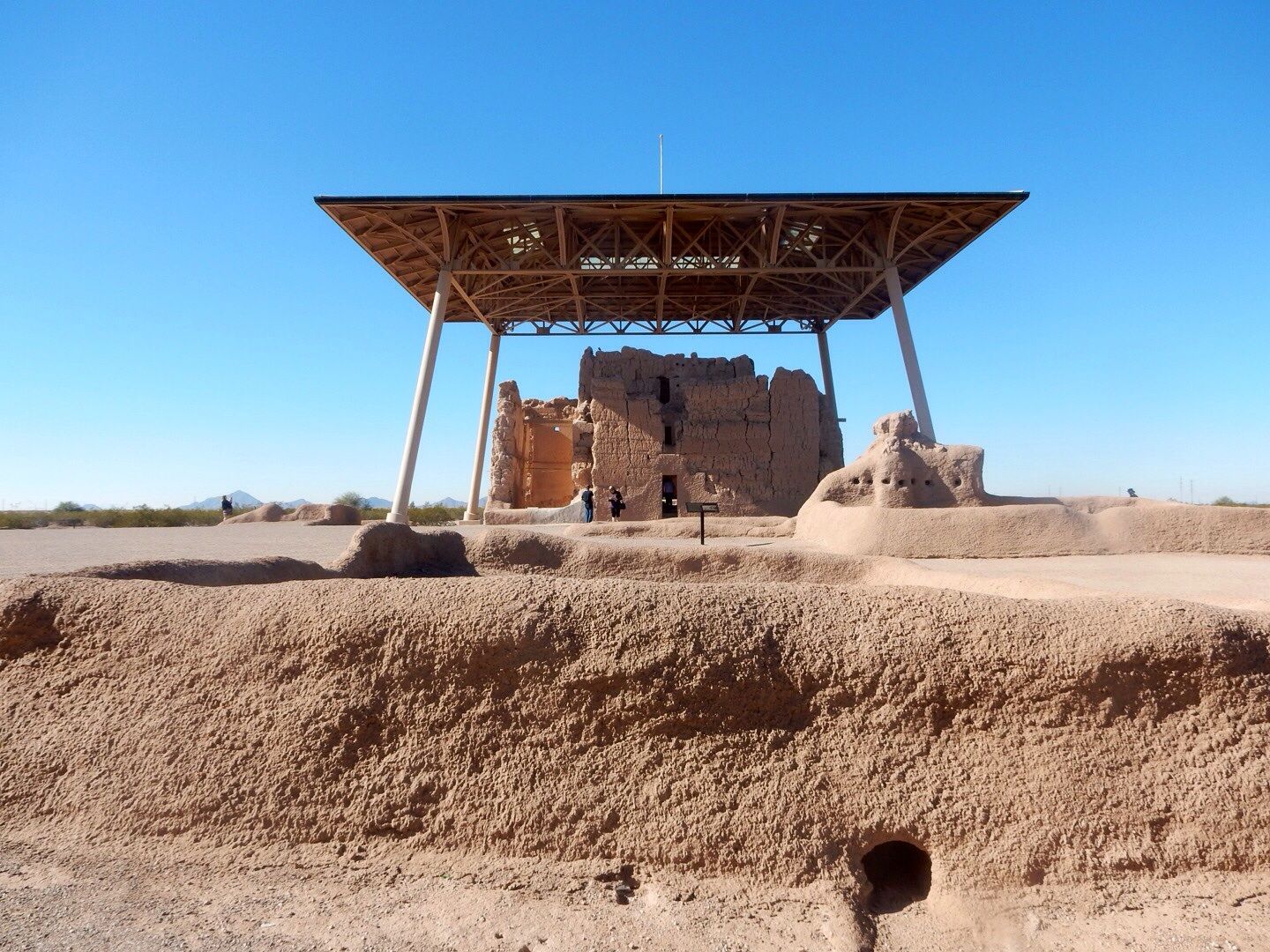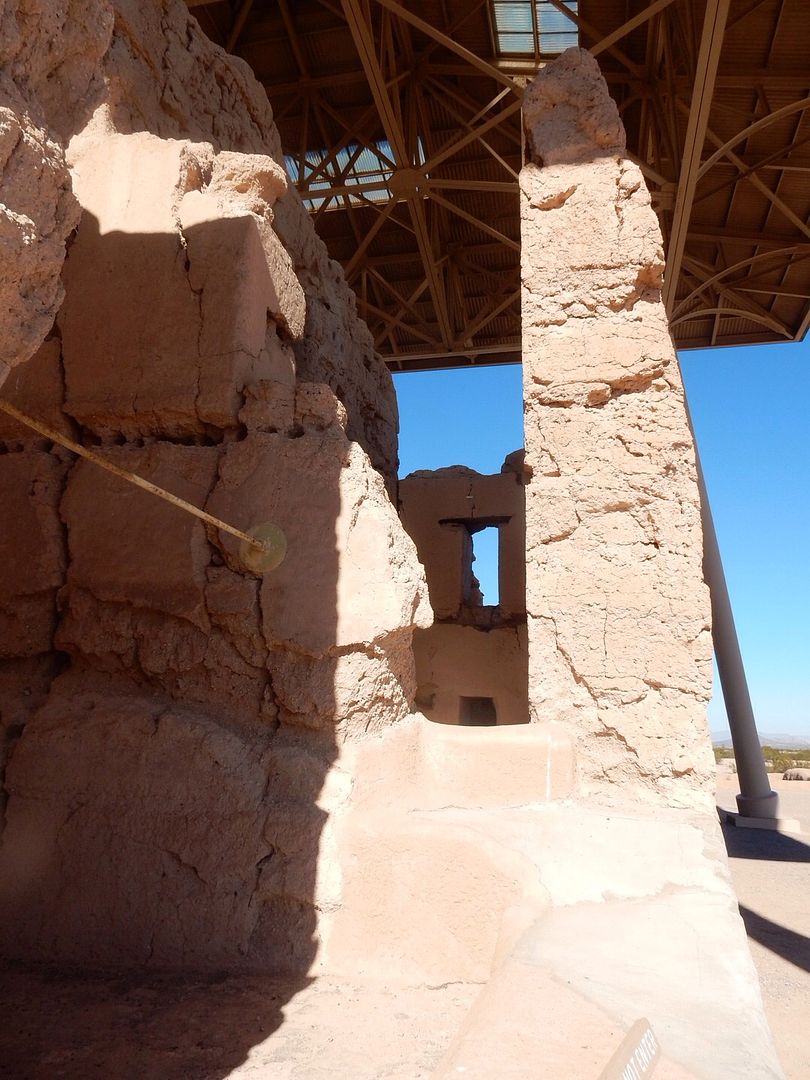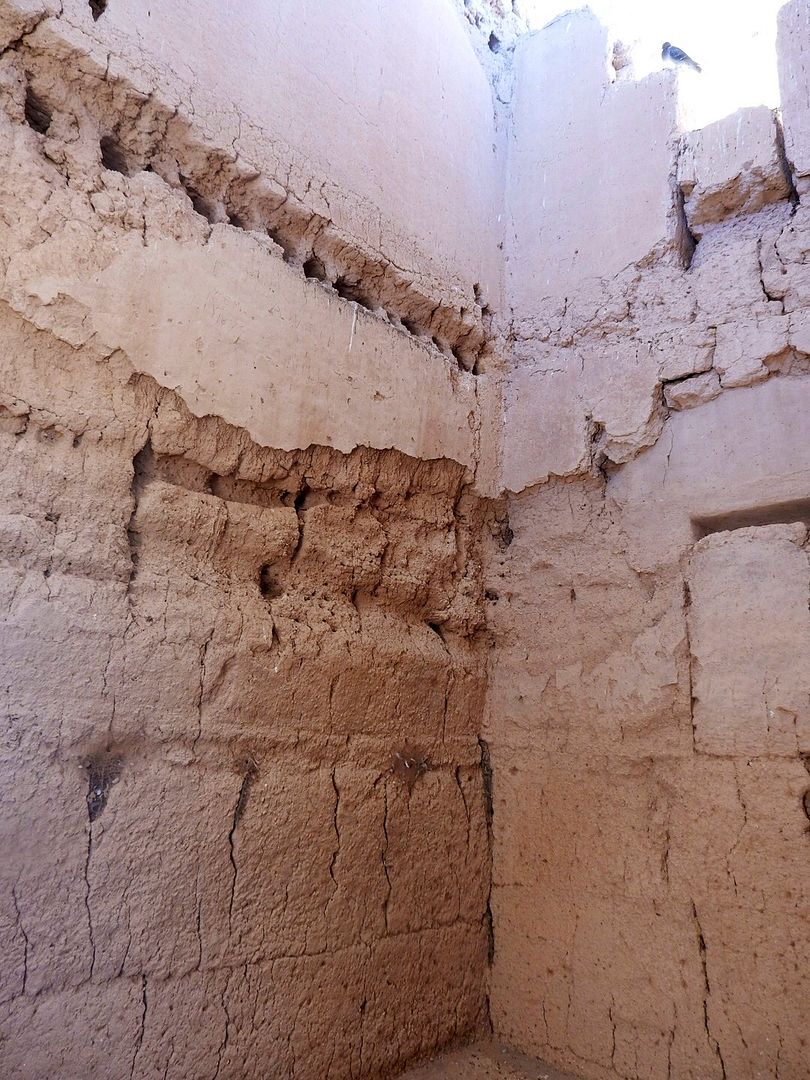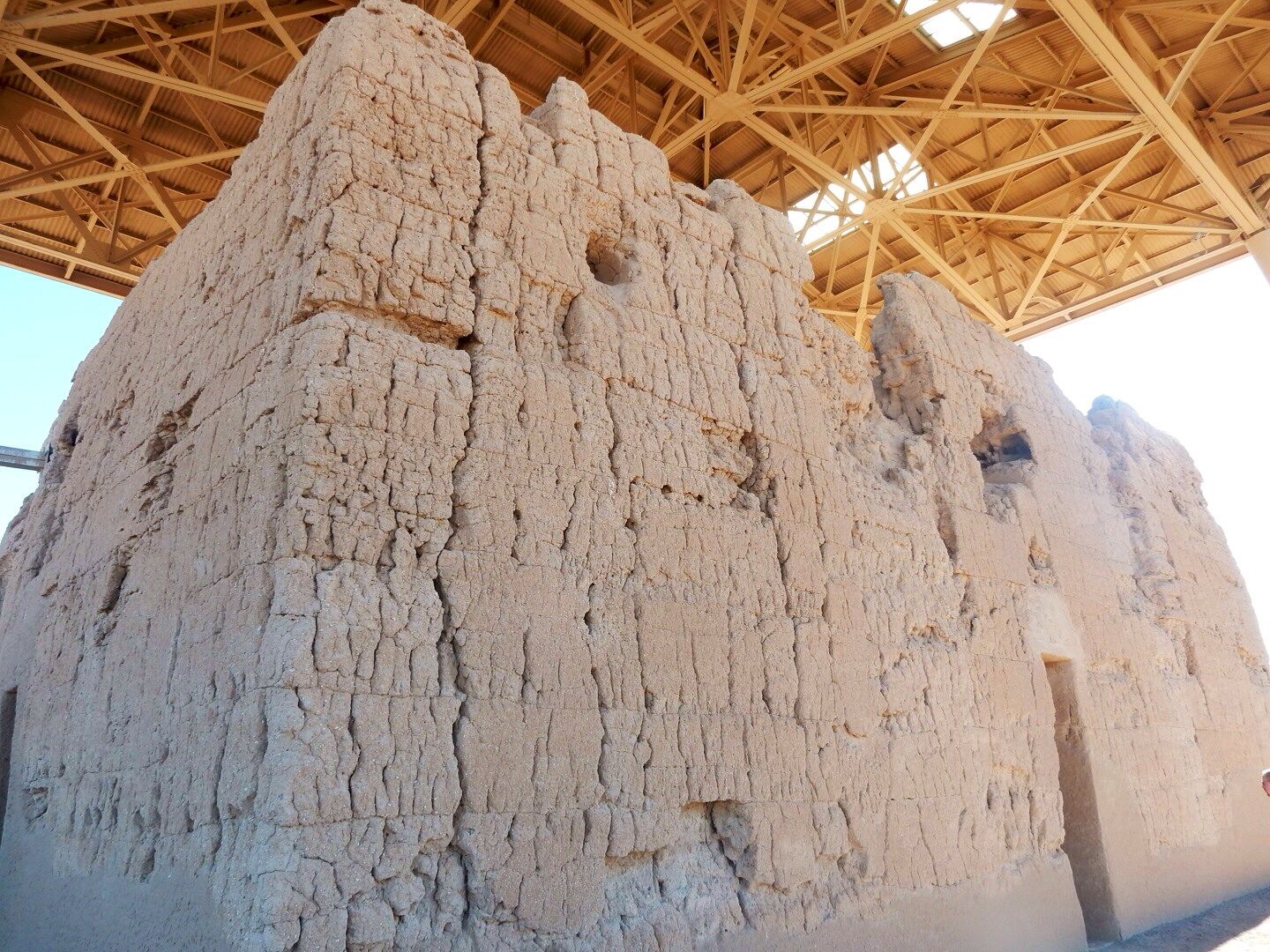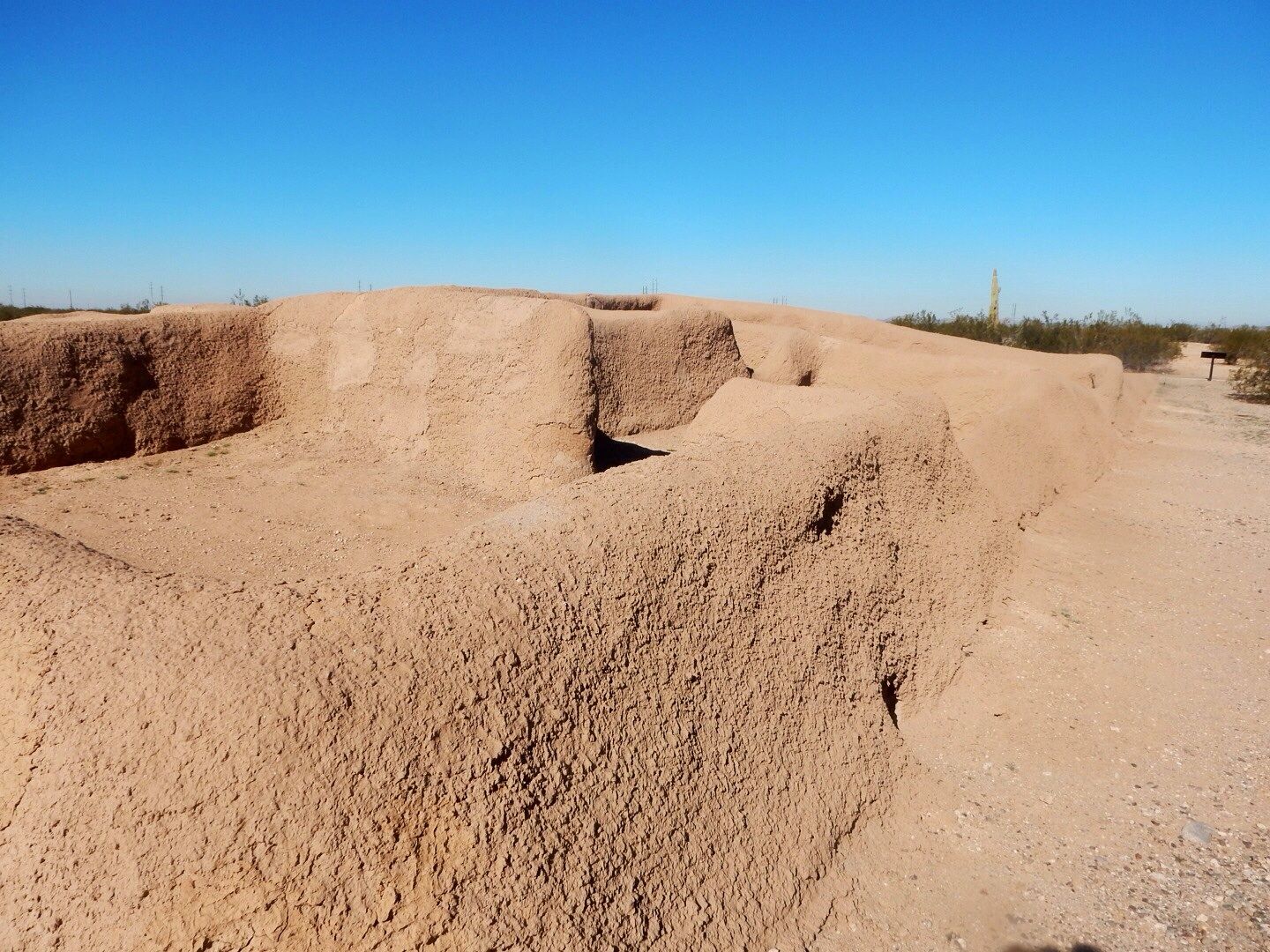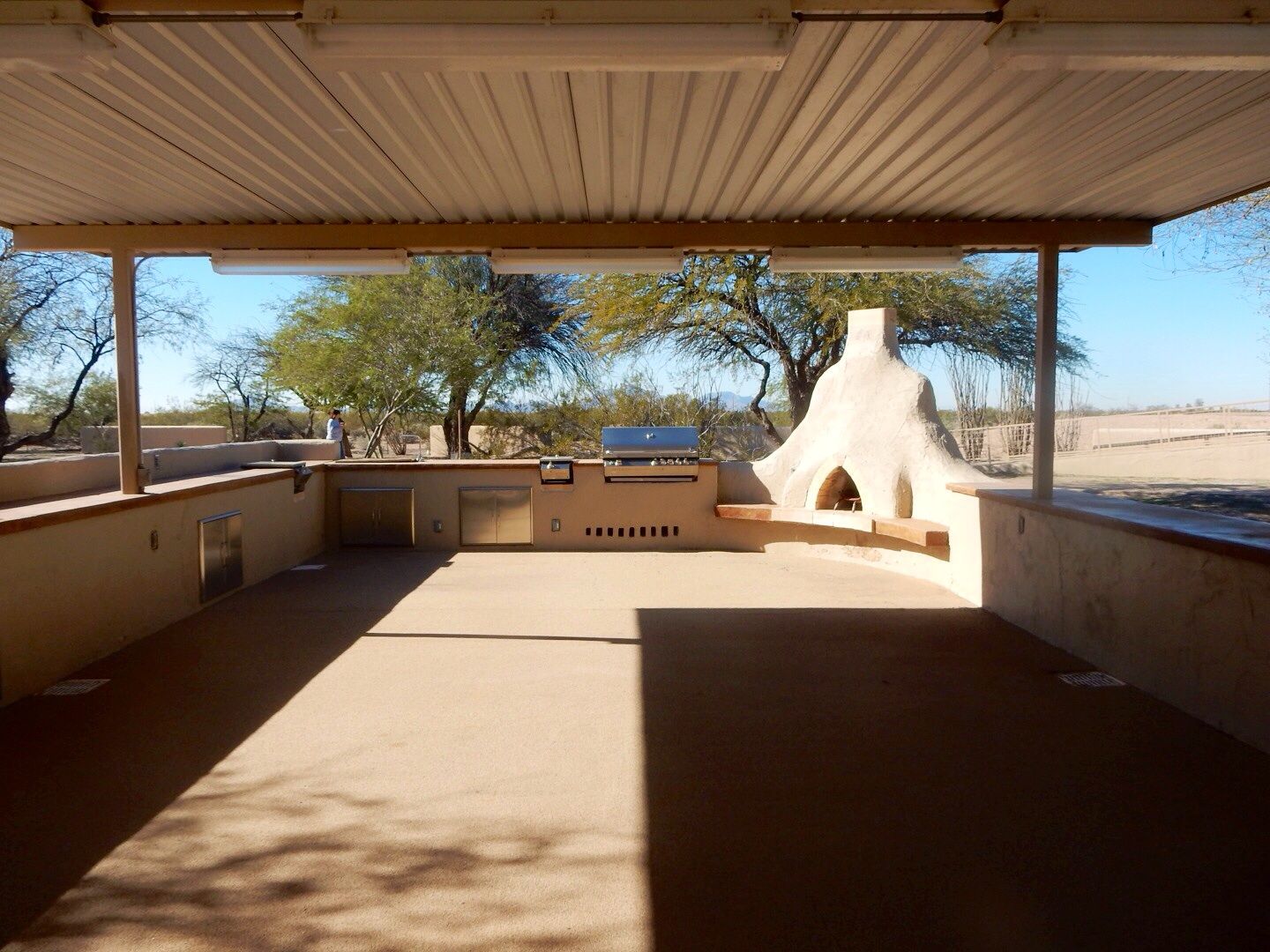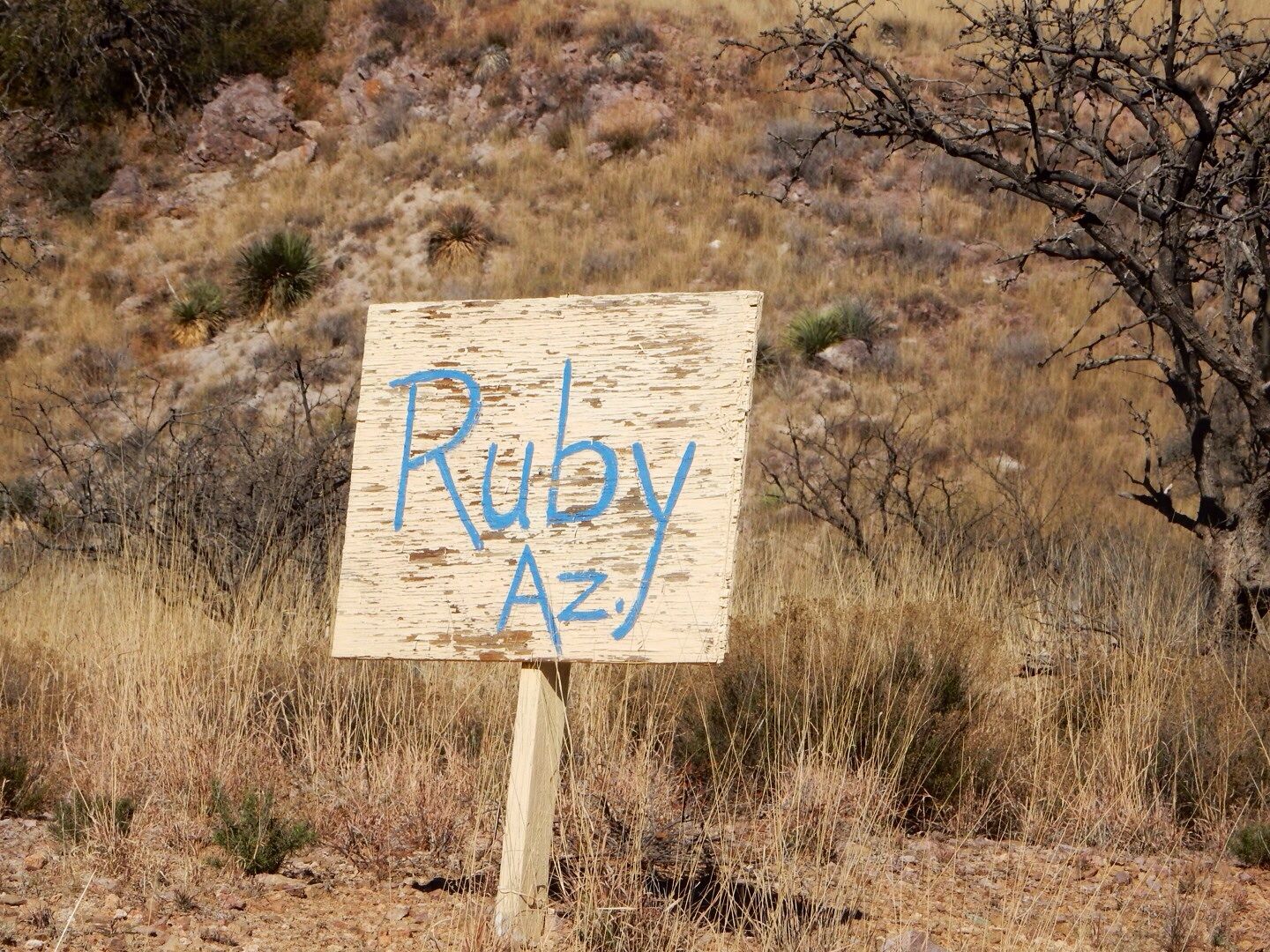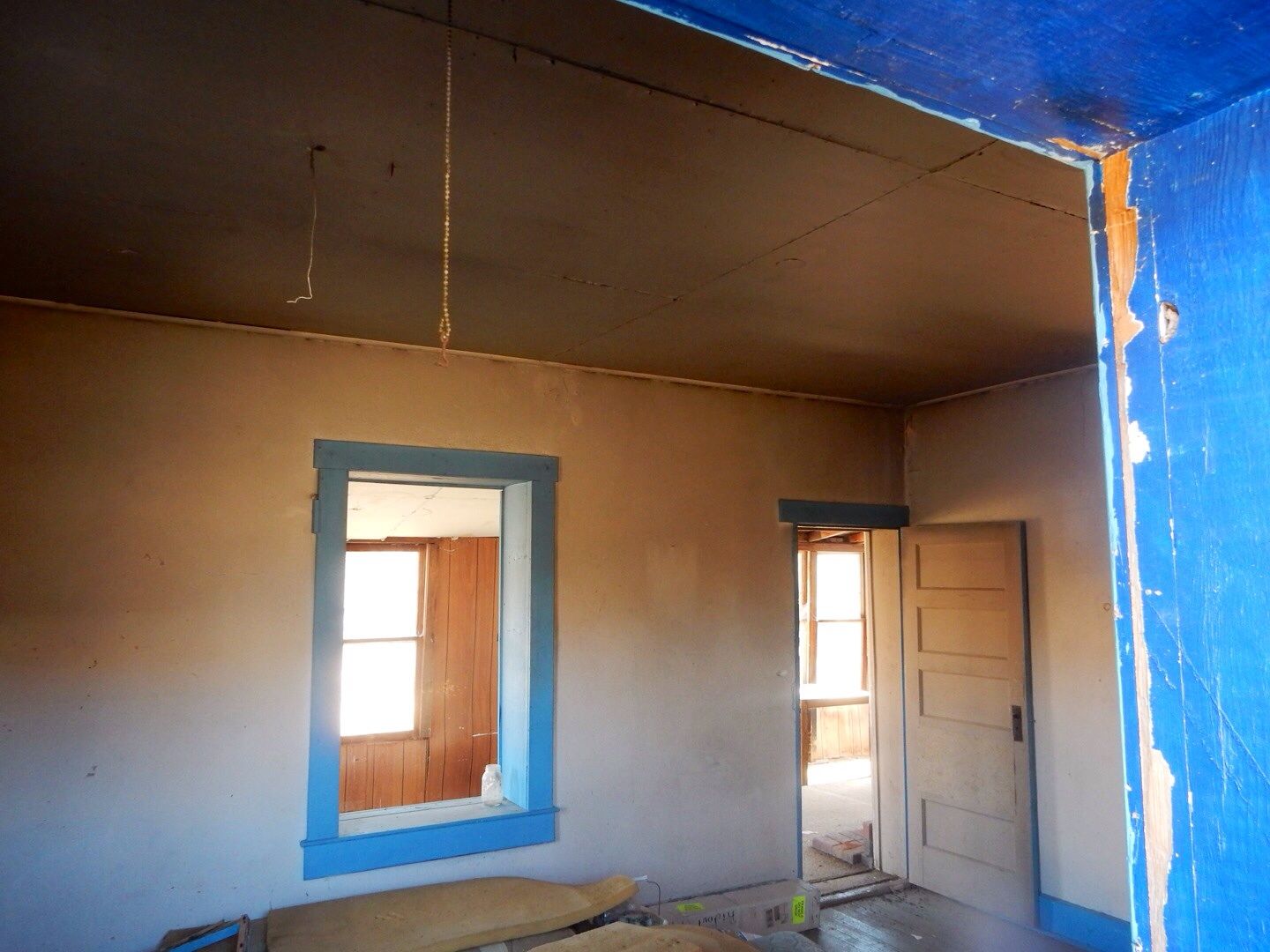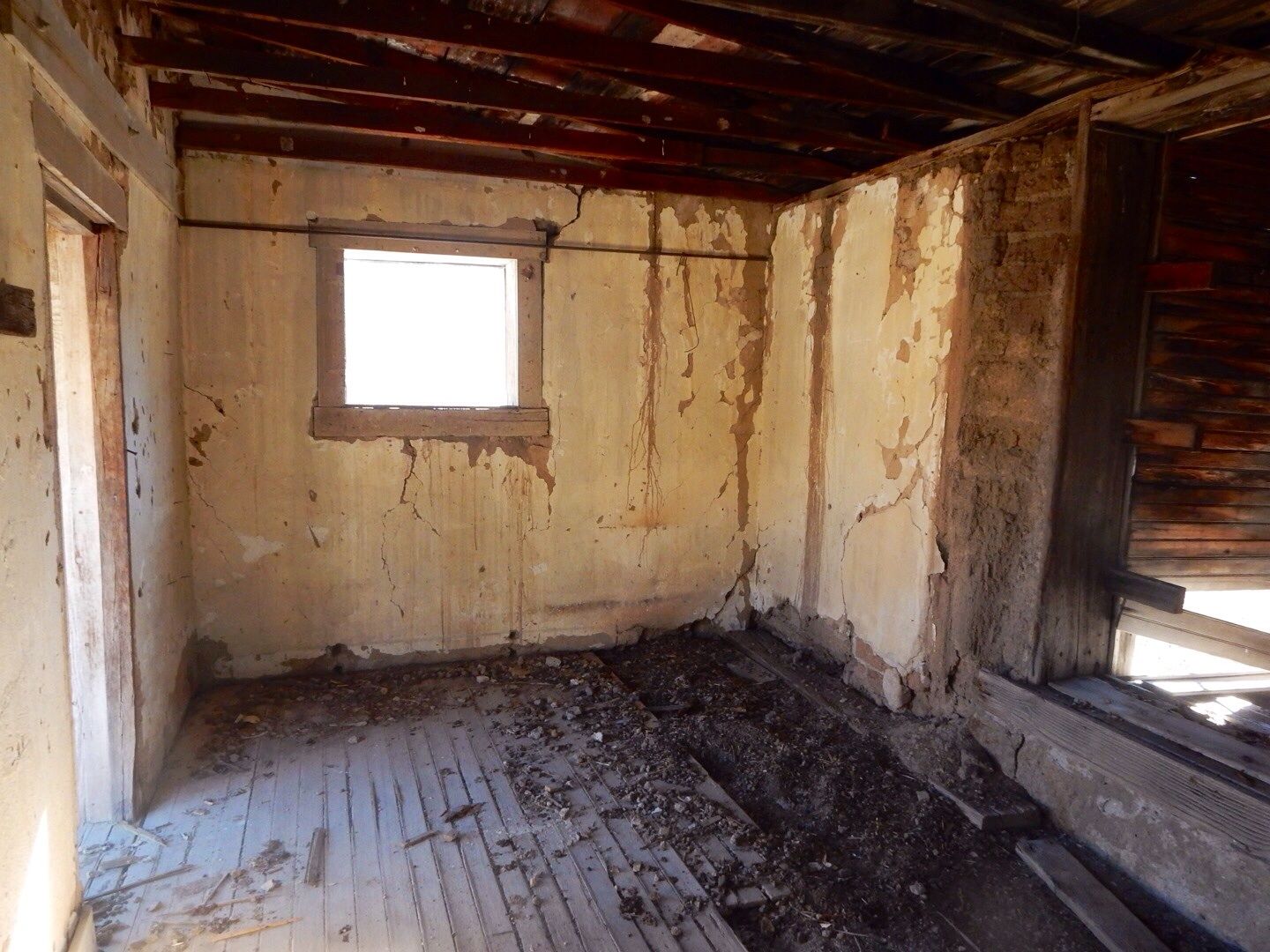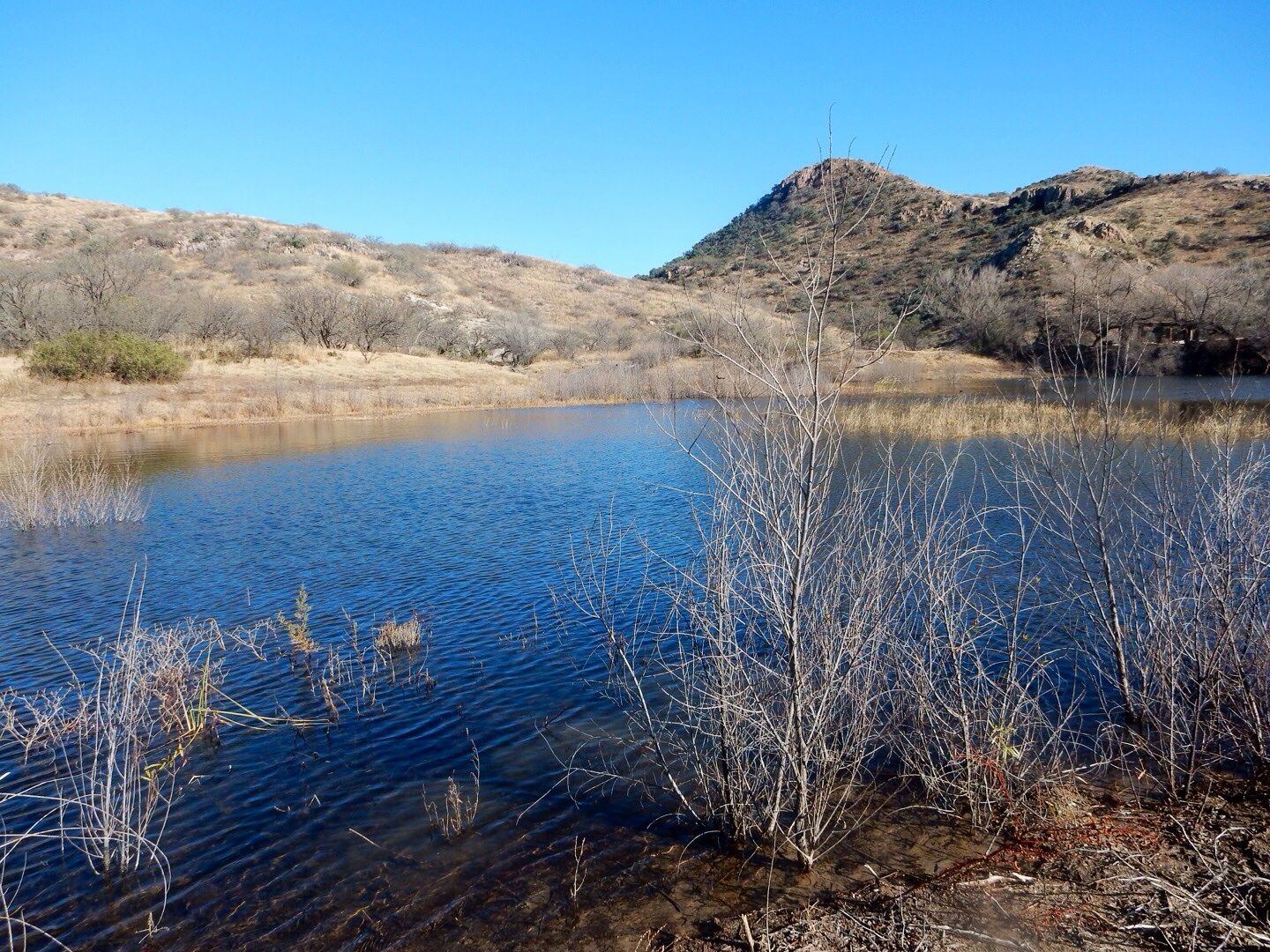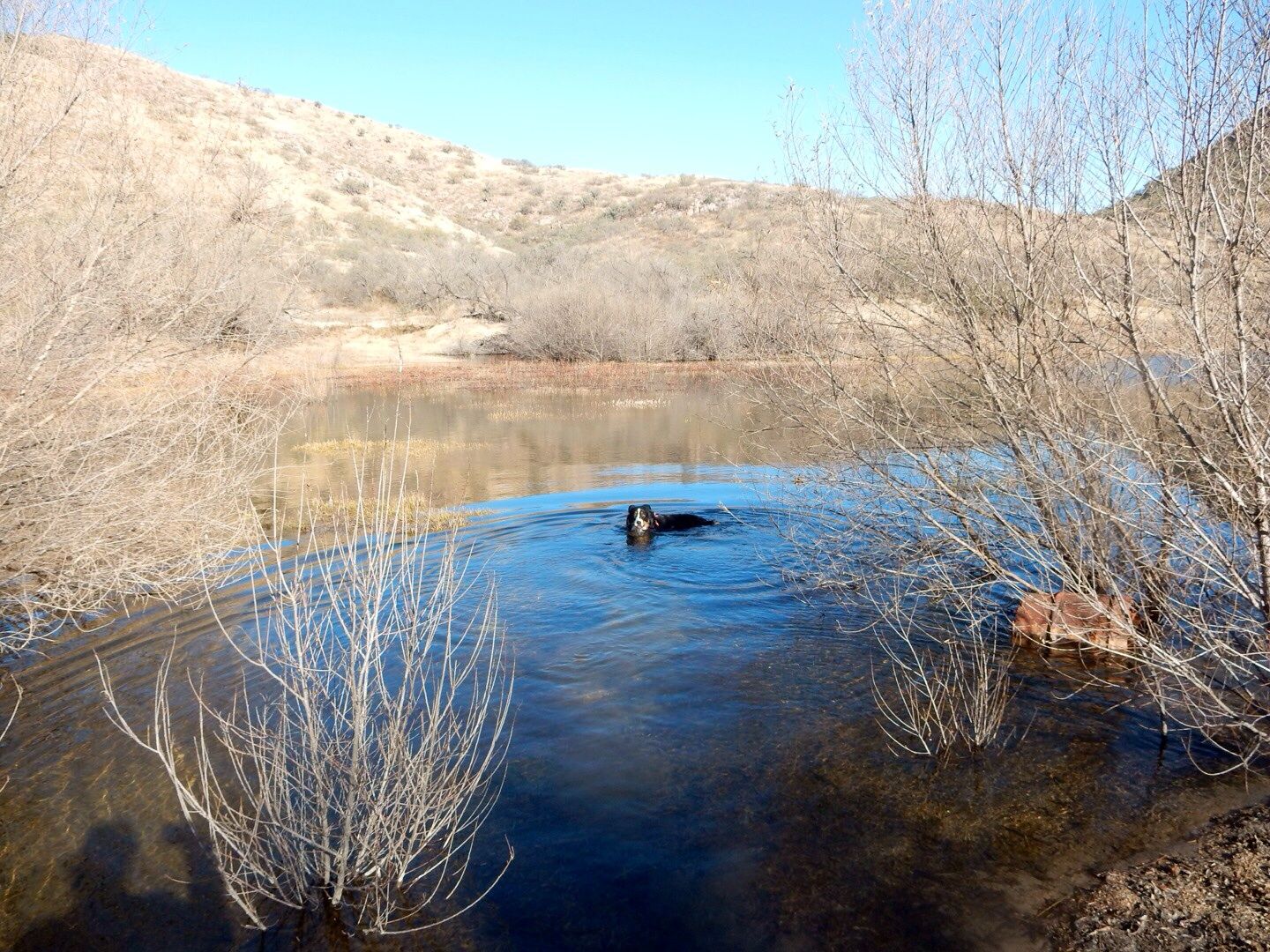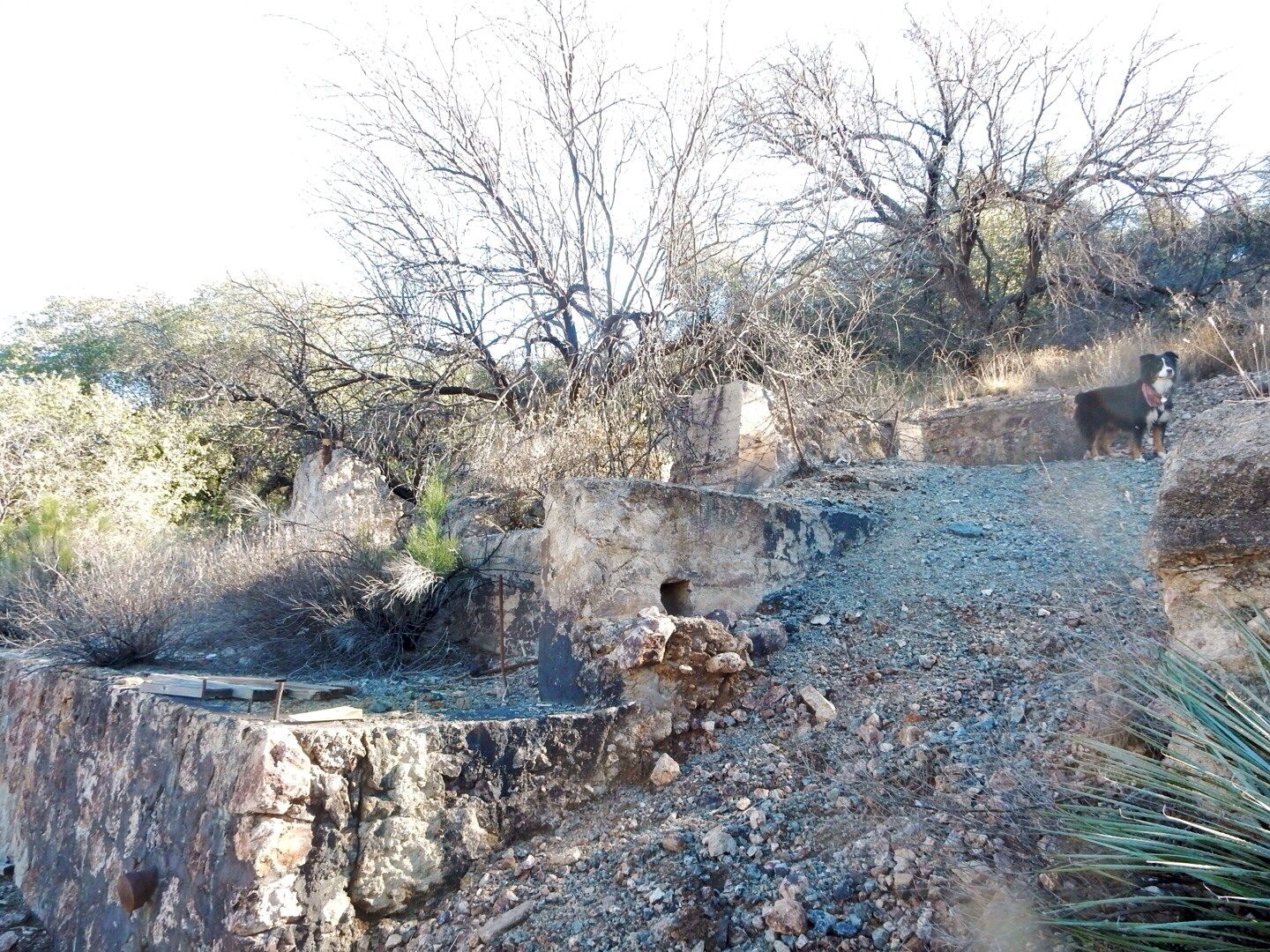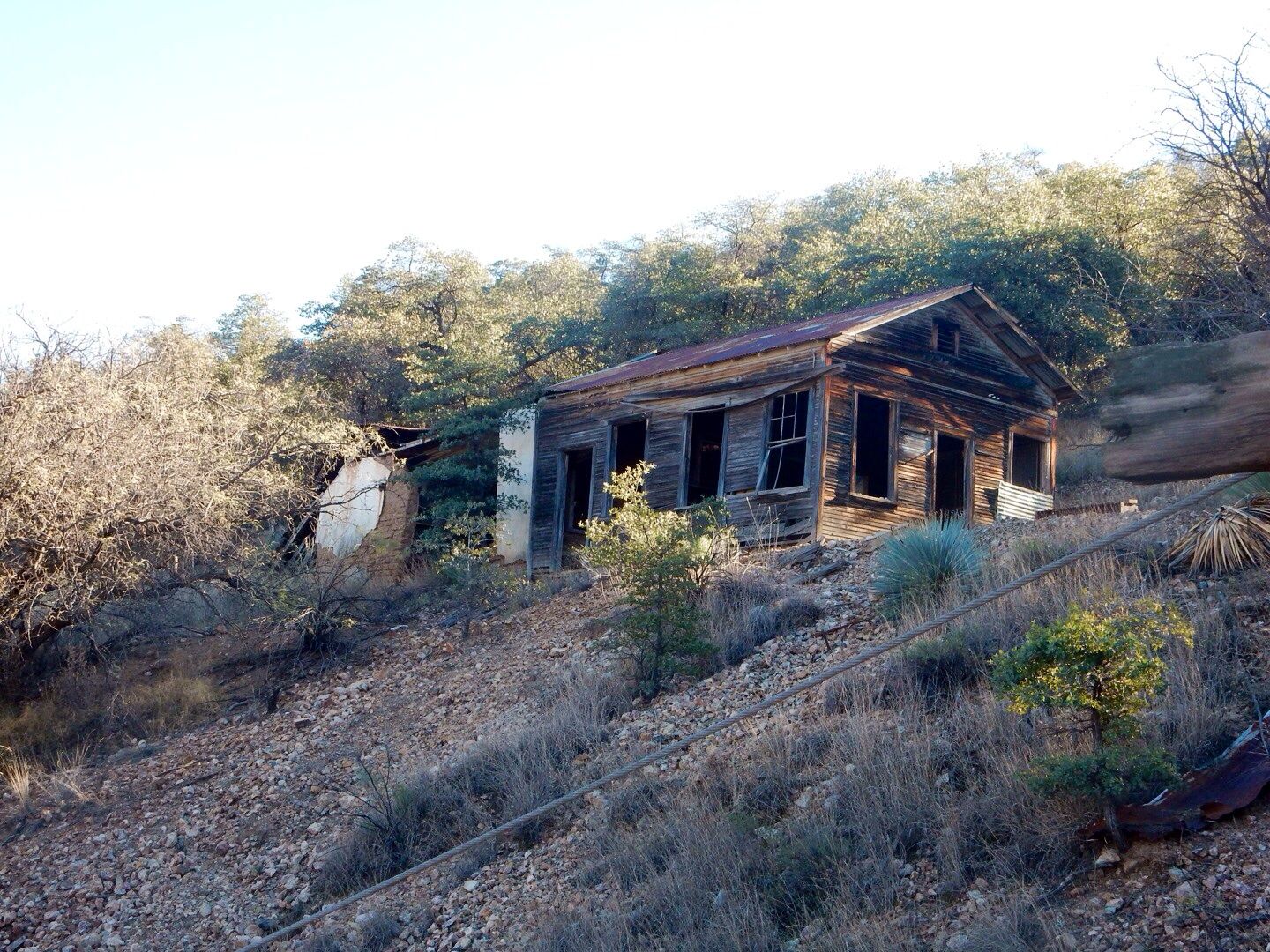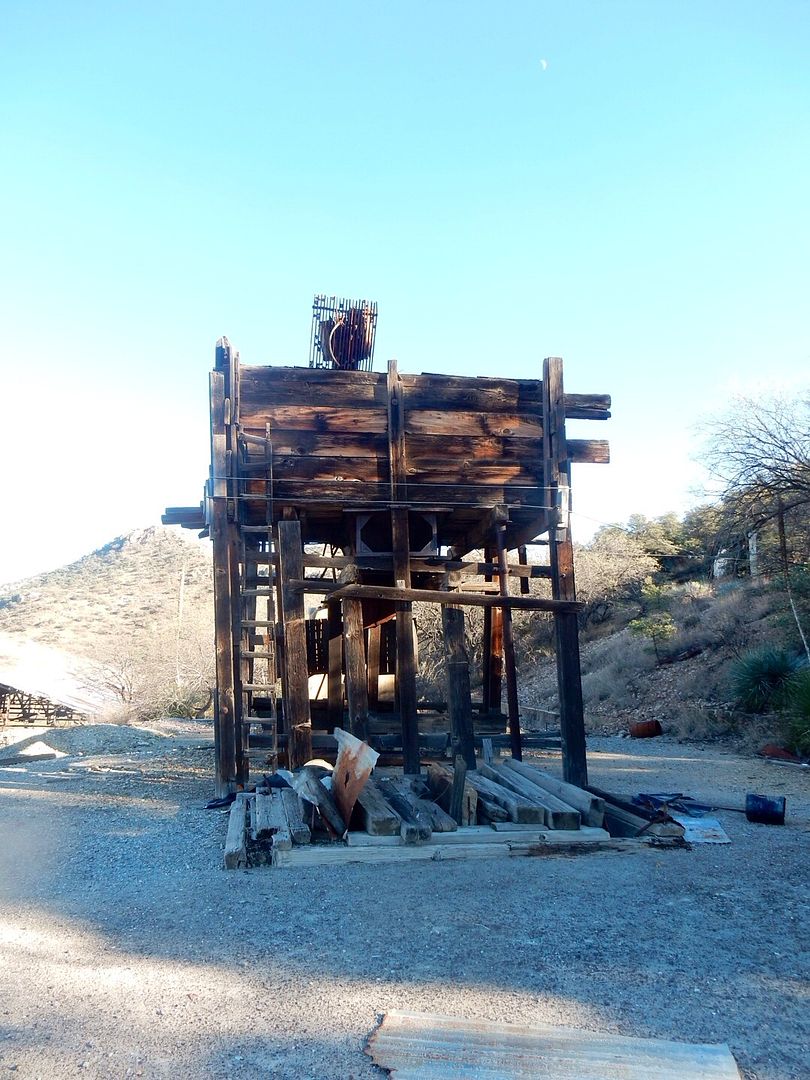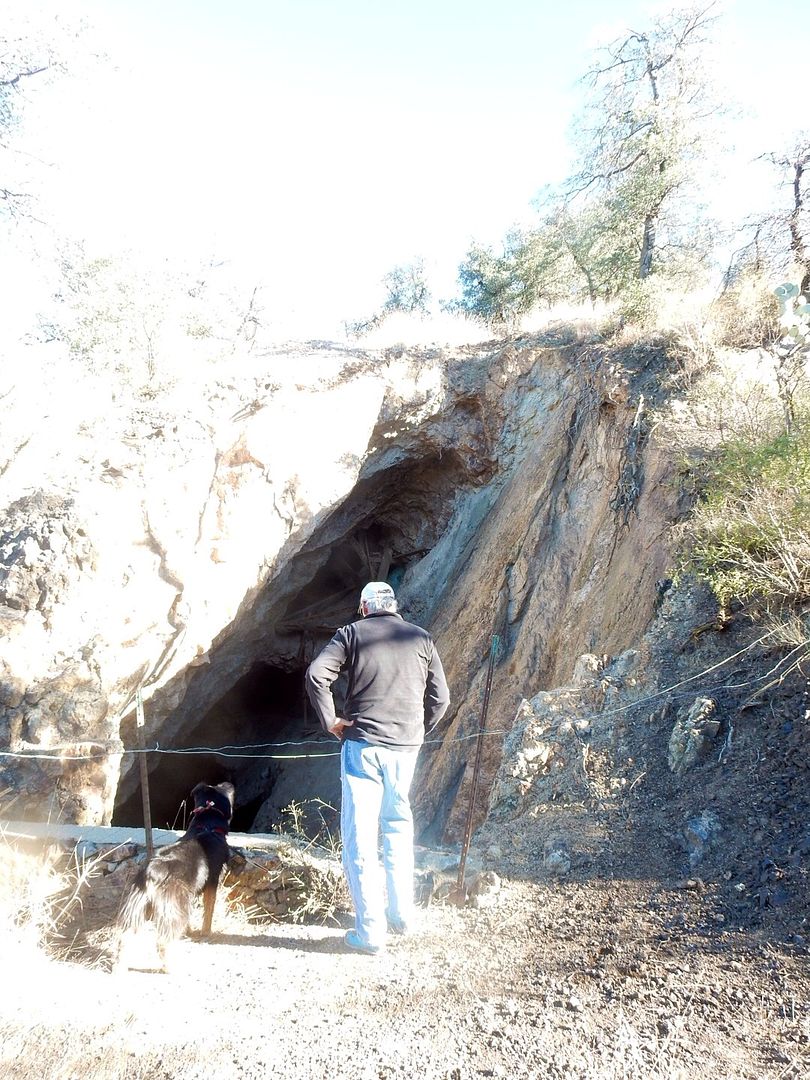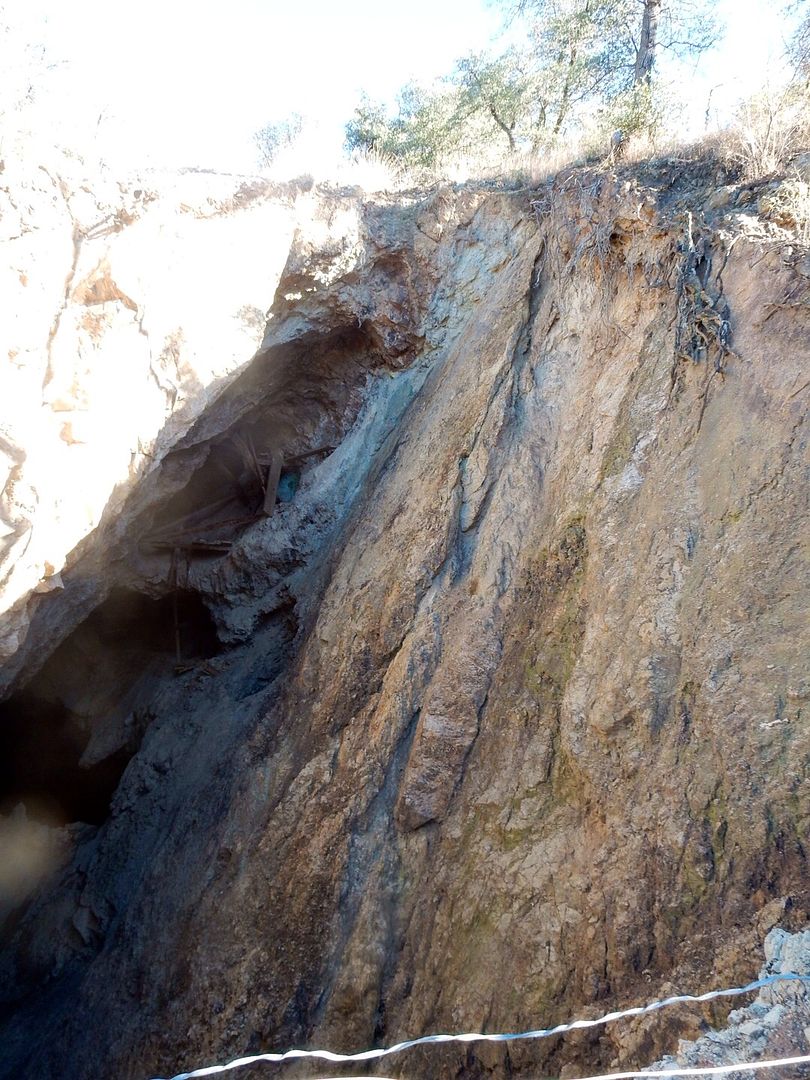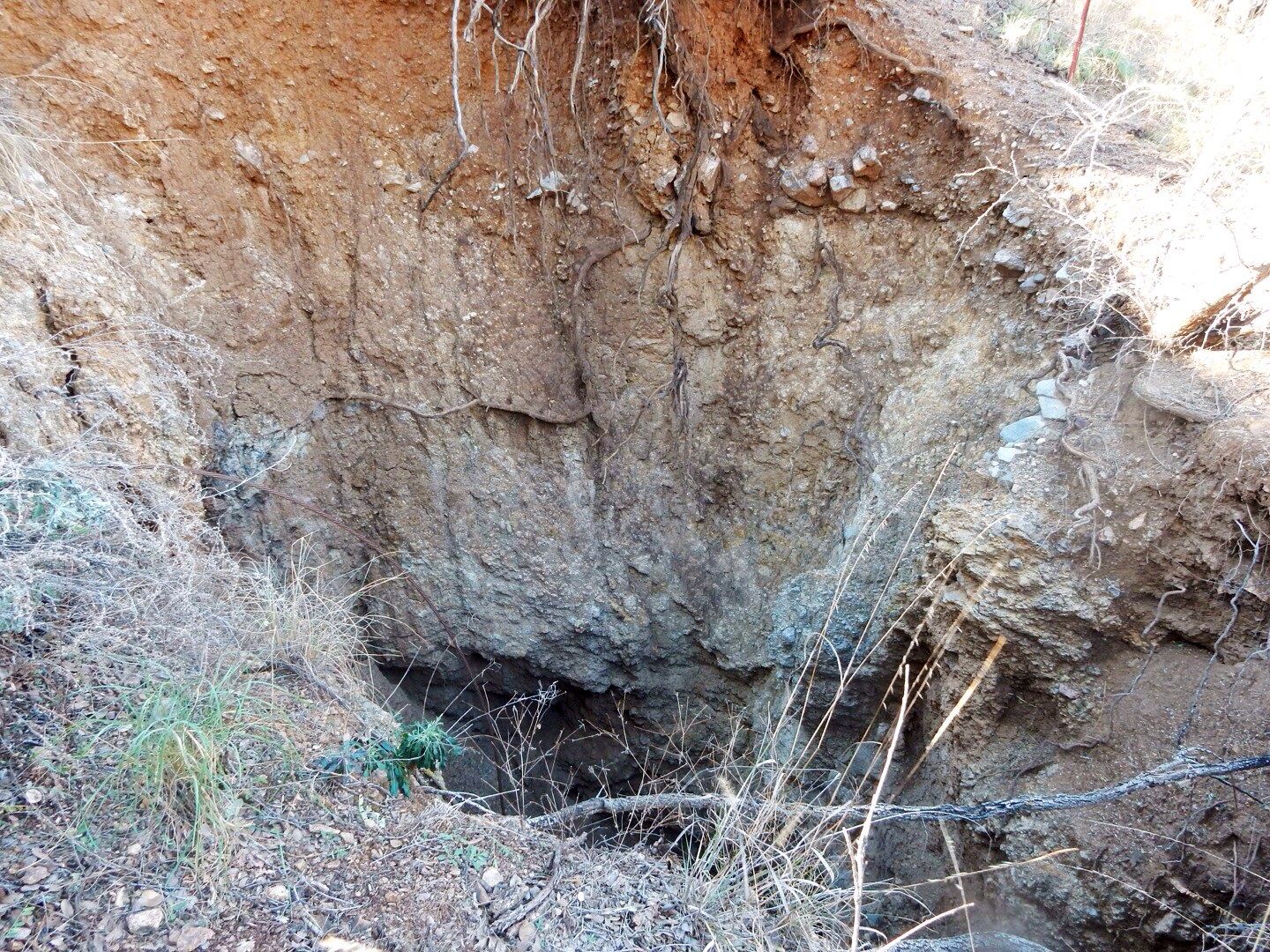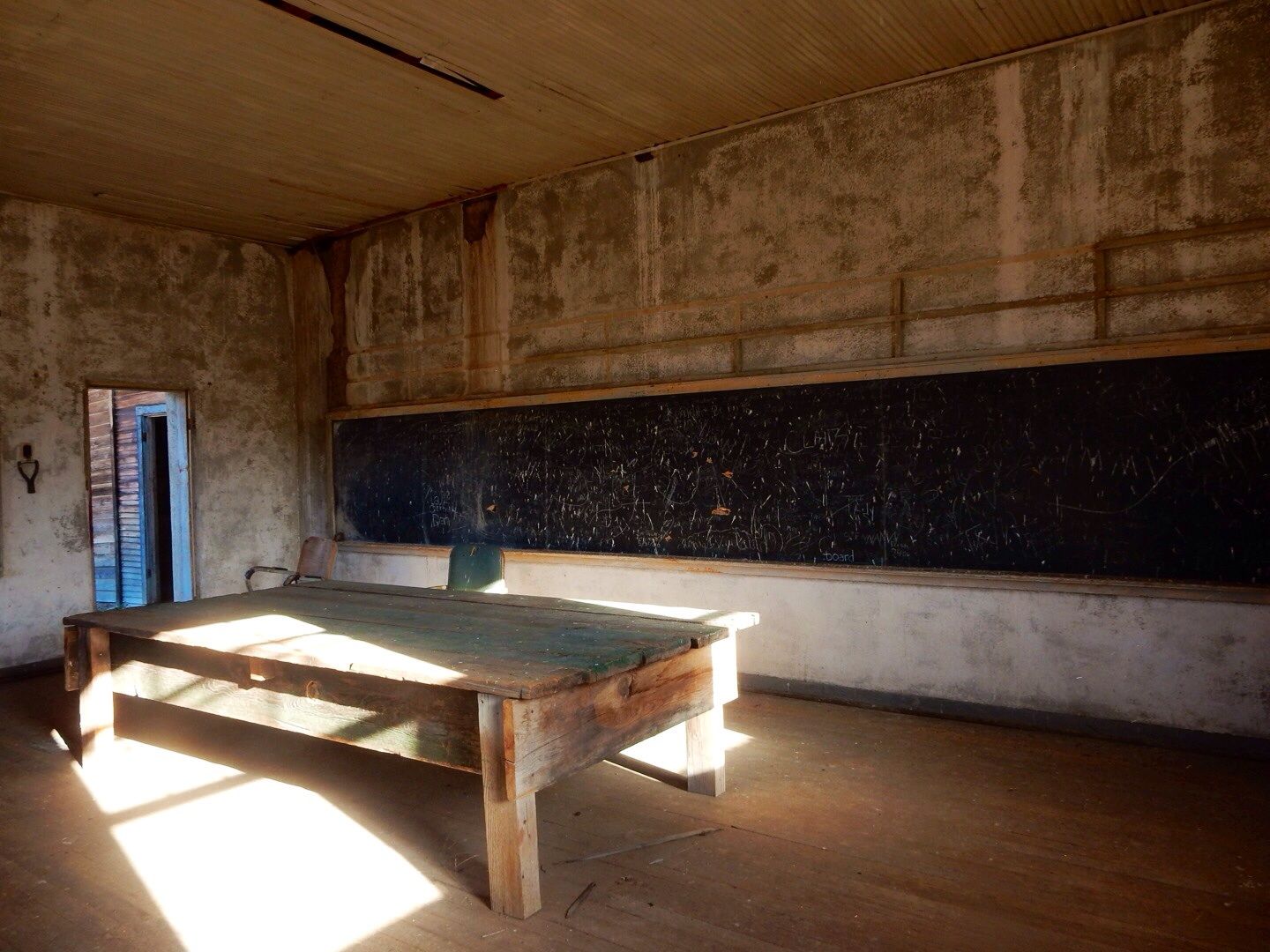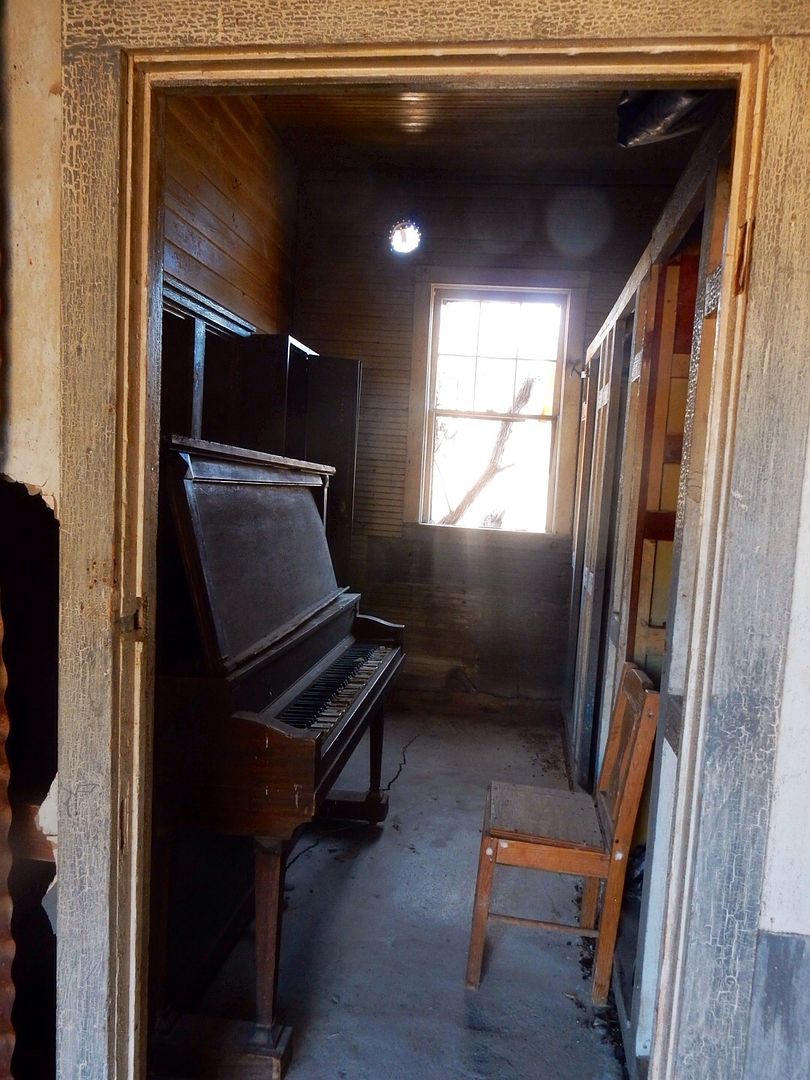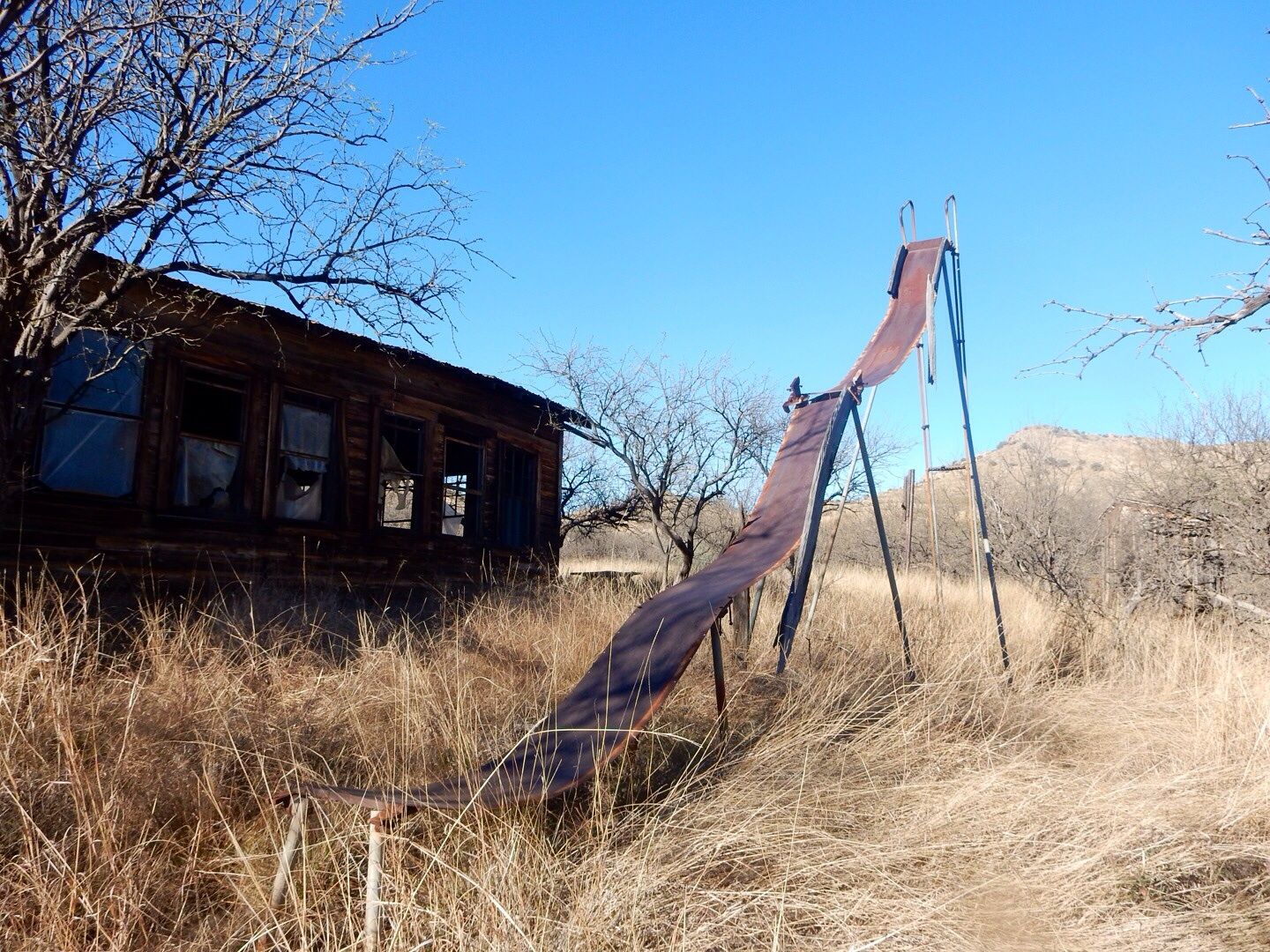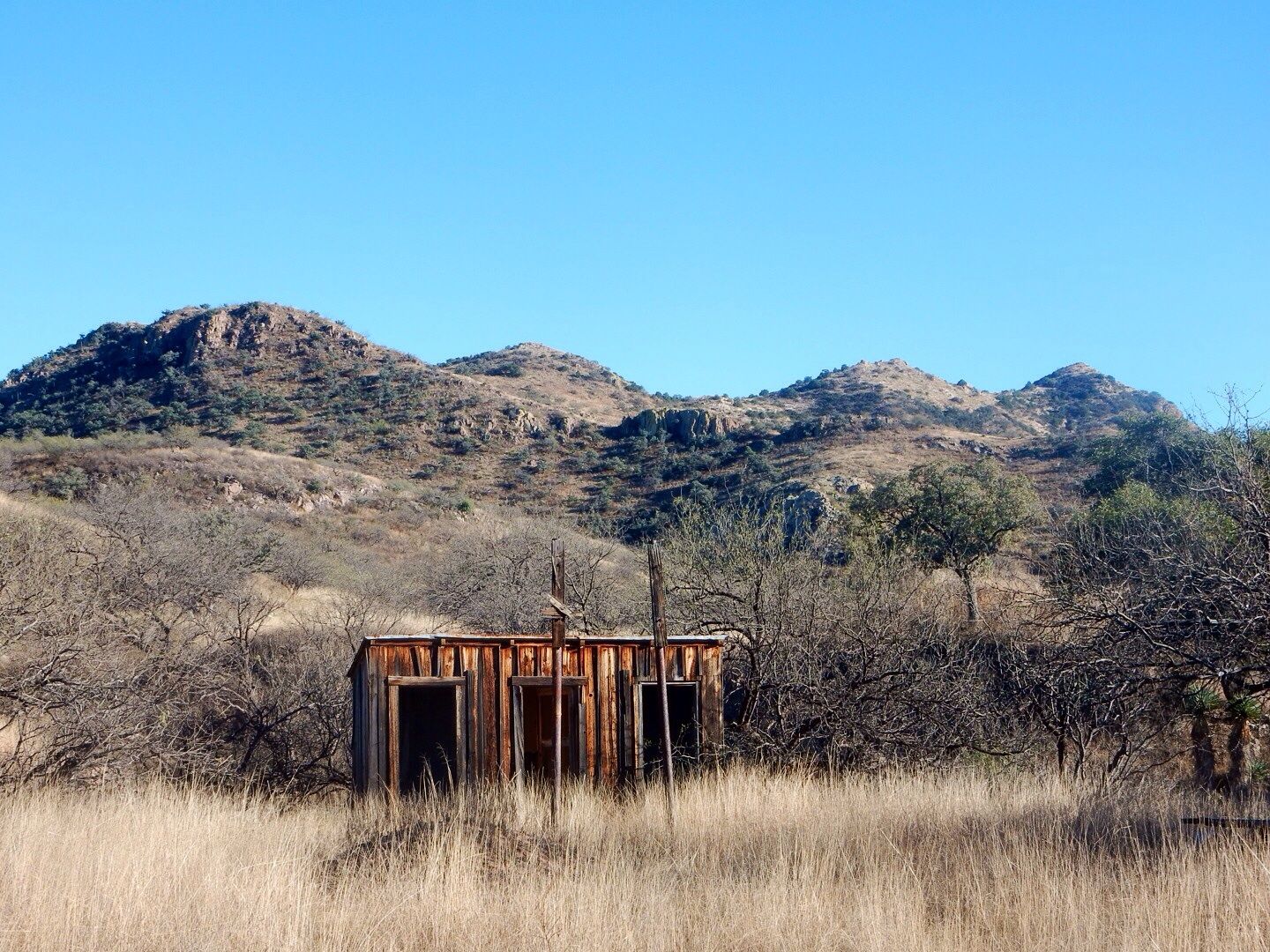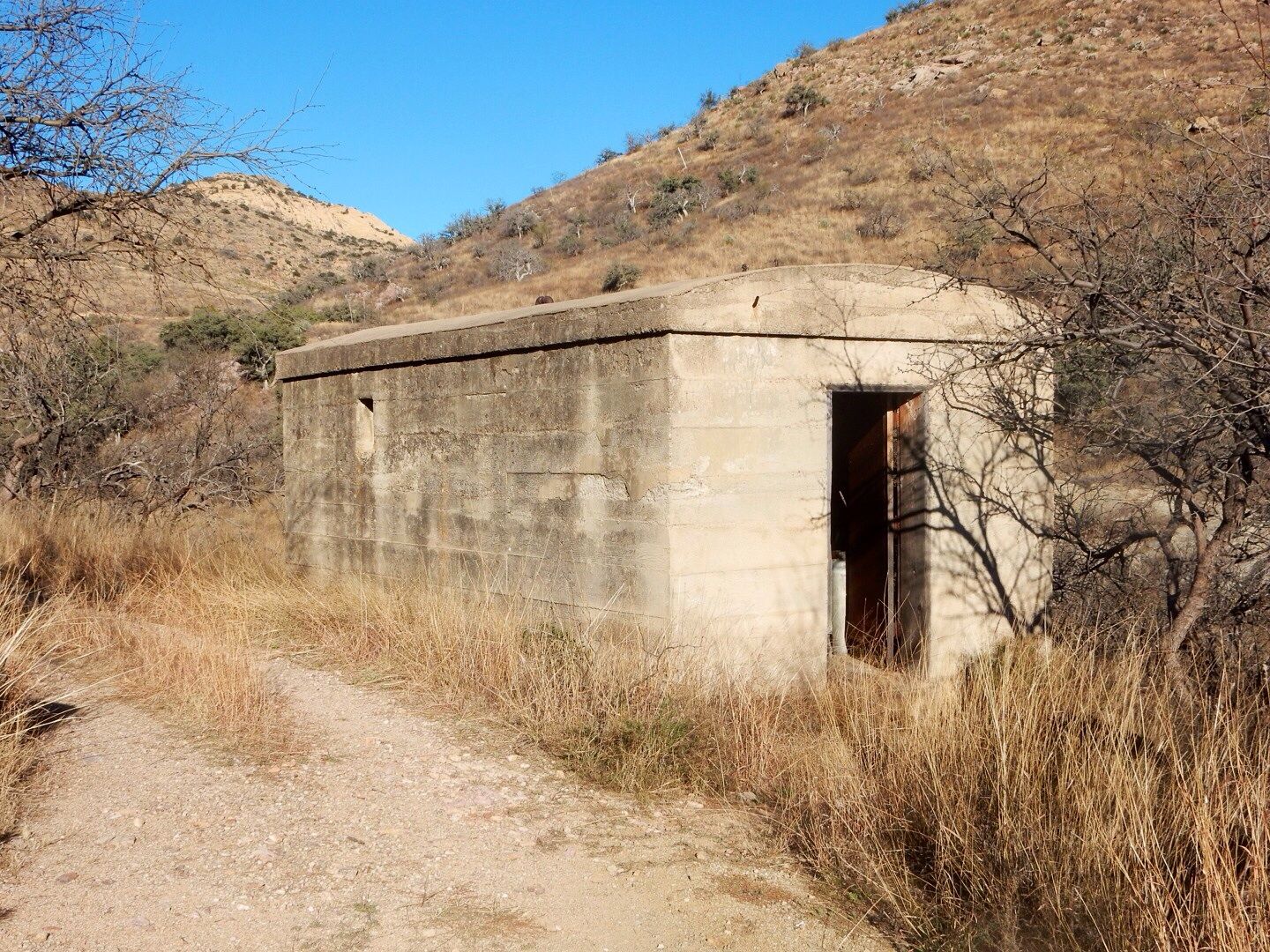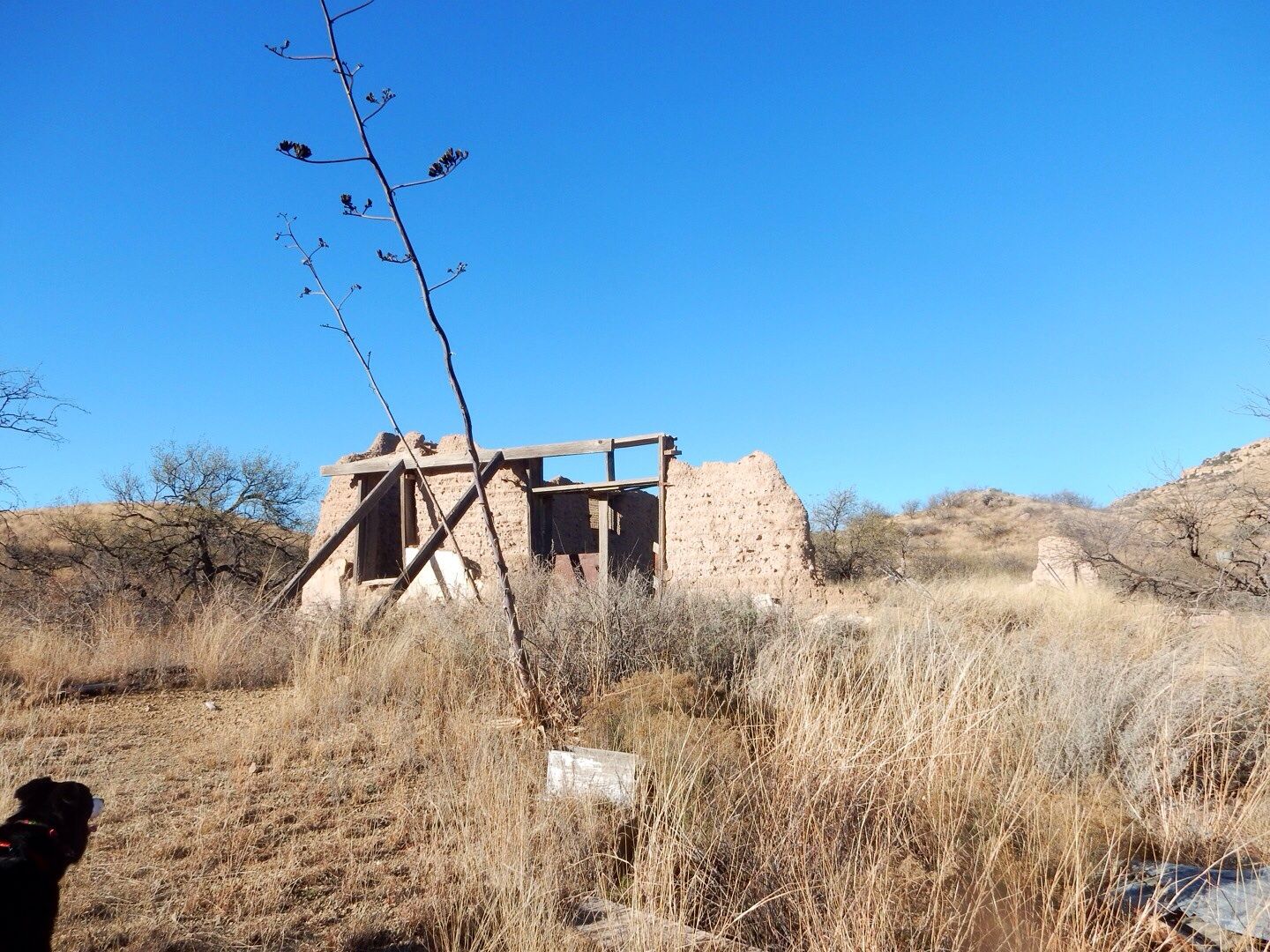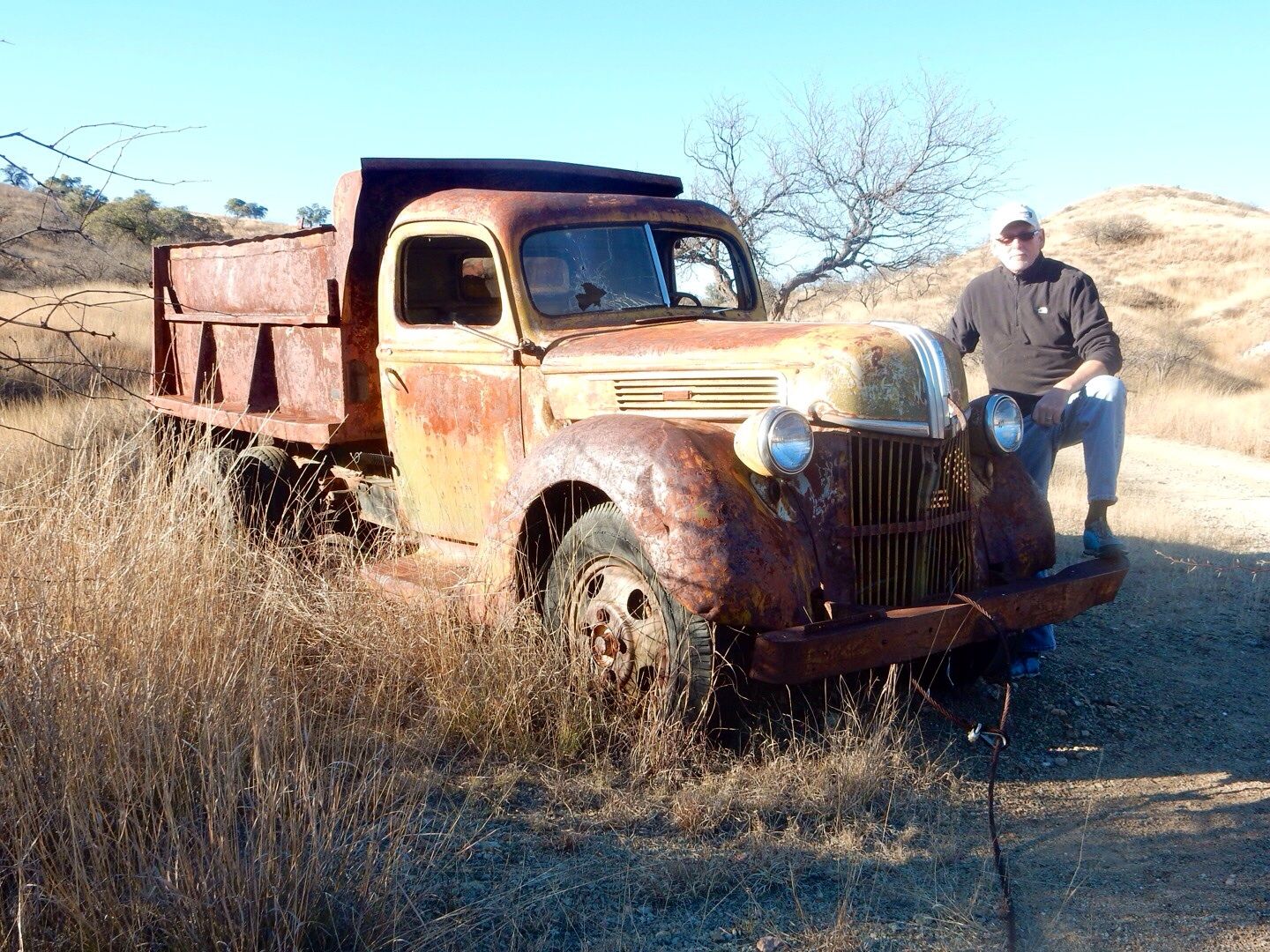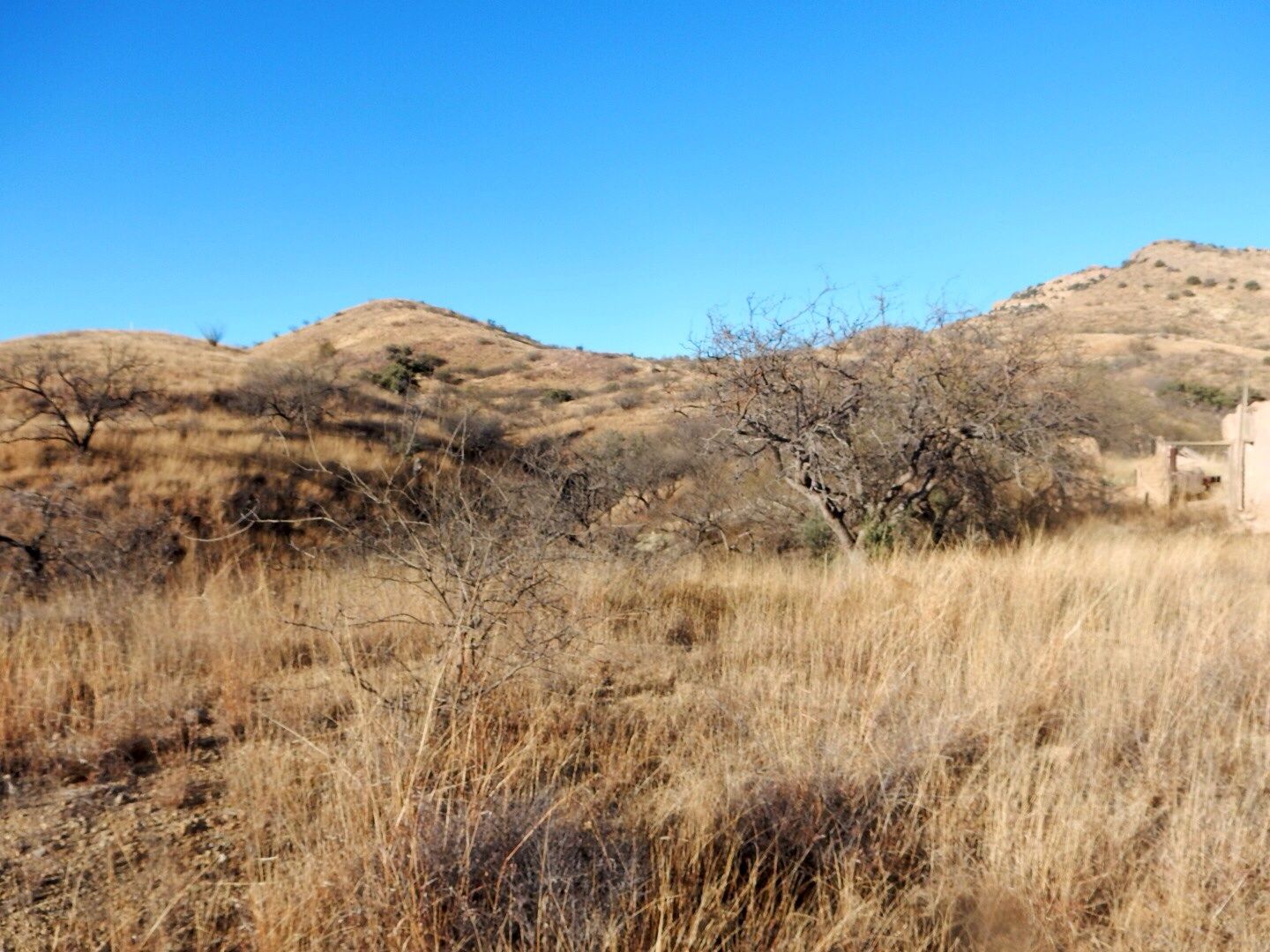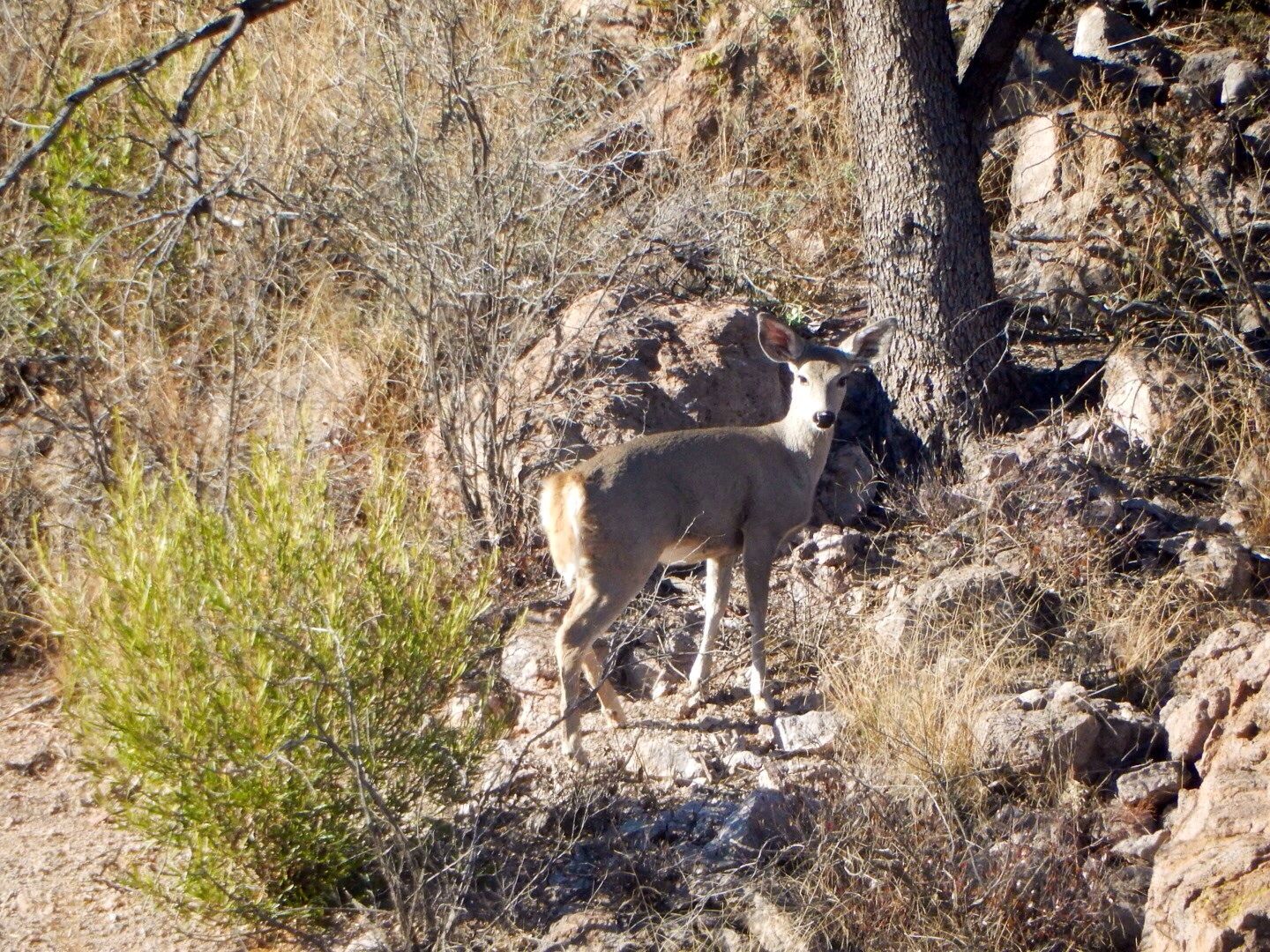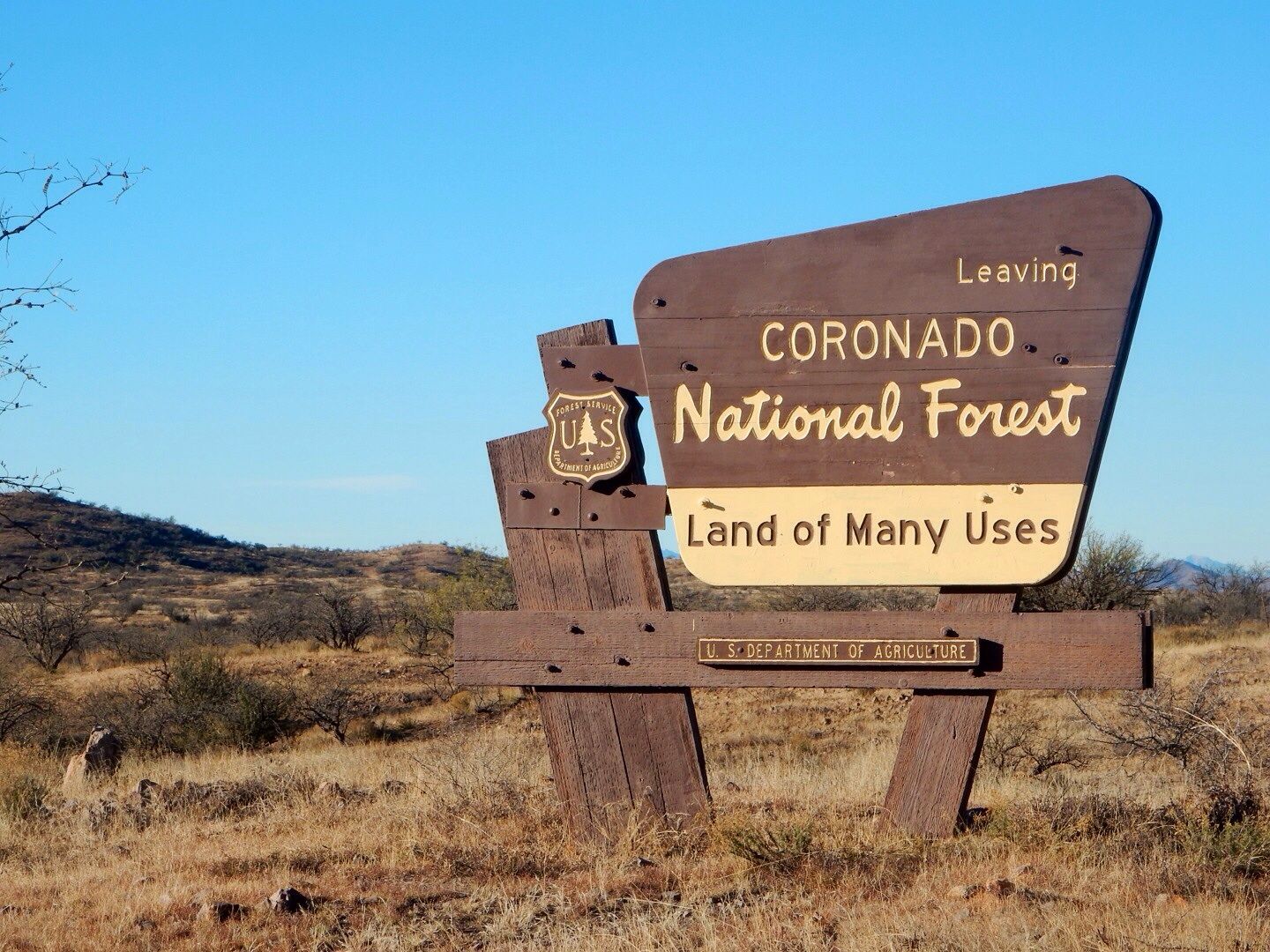When I asked John how he would describe 2014, being a man of few words, he said" "Fantastic!" Yep, that about sums it up! However, I am more verbose and feel compelled to provide more details.
Q1:
- We settled on our house; and sold most stuff, giving our treasured items to family.
- Our full-time RV life began February 21. What a great decision. We have never regretted it.
- We established residency in Fl for the tax, vehicle registration/inspection, and driver's license advantages.
- Our first month was spent in St. Augustine (ocean!) and seeing amazing historical landmarks.
Q2:
- We stayed in Cedar Key, FL; San Antonio; Amarillo, TX; northeastern NM; and Colorado Springs areas.
- Some of the highlights of things we saw are: Lower Suwannee National Wildlife Refuge; The Alamo; the Missions in TX; Palo Duro Canyon; the musical, TEXAS; Capulin Volcano National Monument; Vietnam War Memorial Park in Angel Fire, NM; Taos, NM; Air Force Academy; Cheyenne Zoo; Garden of the Gods; Pikes Peak, Will Rogers Shrine; and various state parks.
- The RV park where we stayed in Colorado Springs was fantastic as we saw wildlife almost every day in and around our site.
- Estes Park near the entrance of Rocky Mountain National Park was our next stop. The park is spectacular...one of our favorite places.
- Then onto Custer, SD; Devils Tower, WY; Garryowen, MT; West Yellowstone, MT; Heber City, UT; and Grand Canyon, AZ
- Custer was a great home base to see the beautiful Black Hills, Mt. Rushmore, Crazy Horse Memorial, Badlands National Park, Jewel Cave and Wind Cave National Parks, We also explored Spearfish, Deadwood, and Sturgis (the week before the motorcycle rally!)
- Little Bighorn Battlefield National Monument was so interesting and the addition of the Native American Memorial is beautiful (and appropriate).
- From West Yellowstone, we explored the huge Yellowstone National Park with more hydrothermal features than any place on earth. The beautiful Canyon area, Lake area, and Old Faithful Inn (and geyser) are amazing. And while visiting Yellowstone, it is definitely worth the trip to Grand Teton National Park due South. Thanks to Lynn and Peggy for the tour.
- Heber City was a one-week stopover before the Grand Canyon. There is so much more to see in Utah, that we will definitely be back to visit the many national parks in the state.
- We stayed in the Village in the Grand Canyon National Park. We saw wildlife every day at our site. And what can I say about the Canyon, it's unfathomable! Pictures do not effectively capture the enormity and beauty of it.
- From the Grand Canyon we went to Pahrump, NV, for a two-month stay. In the Mojave Desert, we experienced for the first time the beauty and solitude of the desert. We visited many areas of Death Valley National Park from this location; a place of extremes and fantastic landscape features.
- We also loved visiting and hiking in the Ash Meadows National Wildlife Refuge, Red Rock Canyon National Conservation Area, and Valley of Fire State Park.
- Amanda and Justine visited us and they took us to Vegas for two fantastic shows: Million Dollar Quartet at Harrah's and Zarkana (Cirque) at Aria. What fun we had showing them the natural wonders of the area as well as Hoover Dam.
- Our final stop for the year is in Tucson, AZ, and we will be here until 1/20/15. So far we have enjoyed the fabulous National Parks (Saguaro, Tucson Mountain District; Saguaro, Rincon Mountain District; and Organ Pipe National Park). as well as the beautiful state parks.
- Miles driven in Monaco Monarch motor coach (34'): 4,700
- Miles driven in Mini Cooper automobile (towed; vehicle used to explore locally): 13,000
- Number of RV Parks where we stayed (excluding overnight boondocking): 16
- Places visited:
- 16 Museums (Historical, local, etc.)
- 15 State Parks
- 13 National Monuments
- 11 National Parks
- 09 Art Museums
- 08 Botanical Gardens
- 07 National Wildlife Refuges
- 05 Zoological Parks
Our retirement mantra remains: "Live as if there is no tomorrow. Learn as if you will live forever." And that's what we intend to keep doing for as long as we can.
Happy New Year to you!
